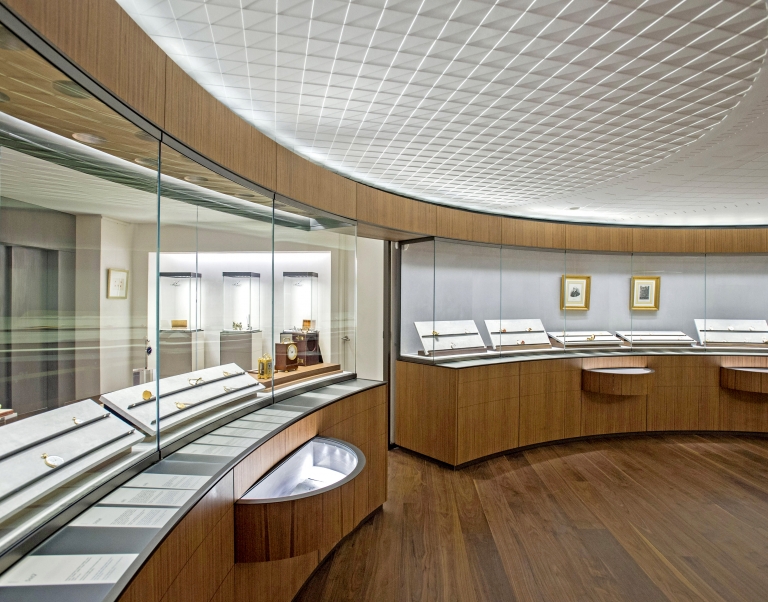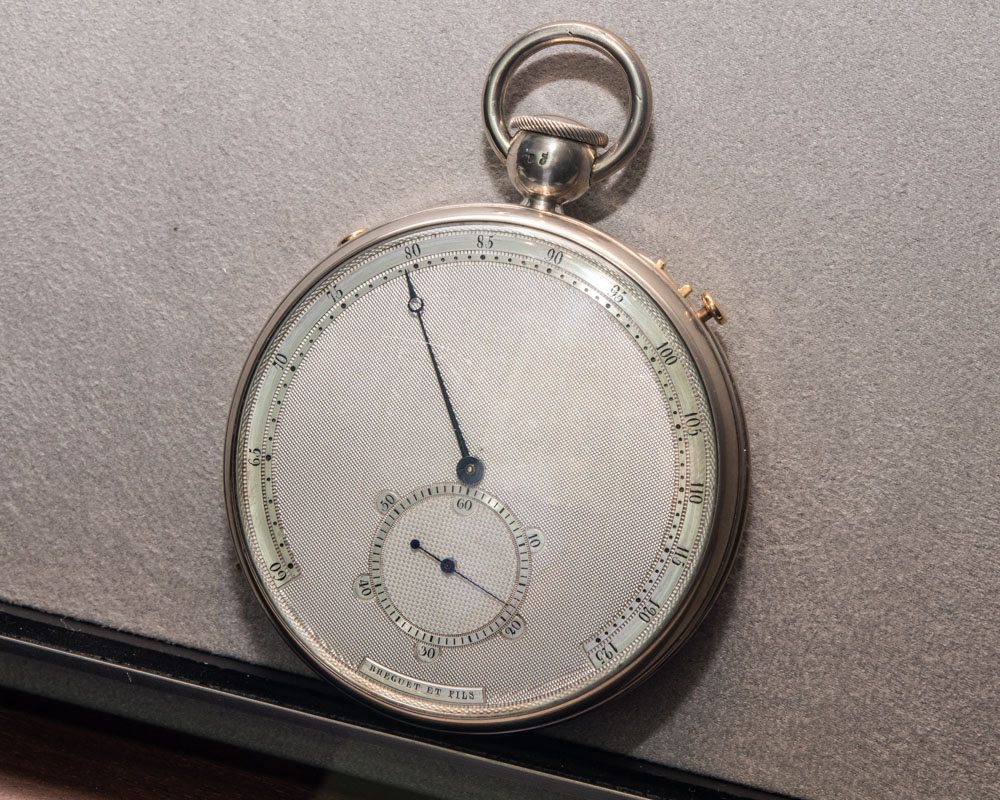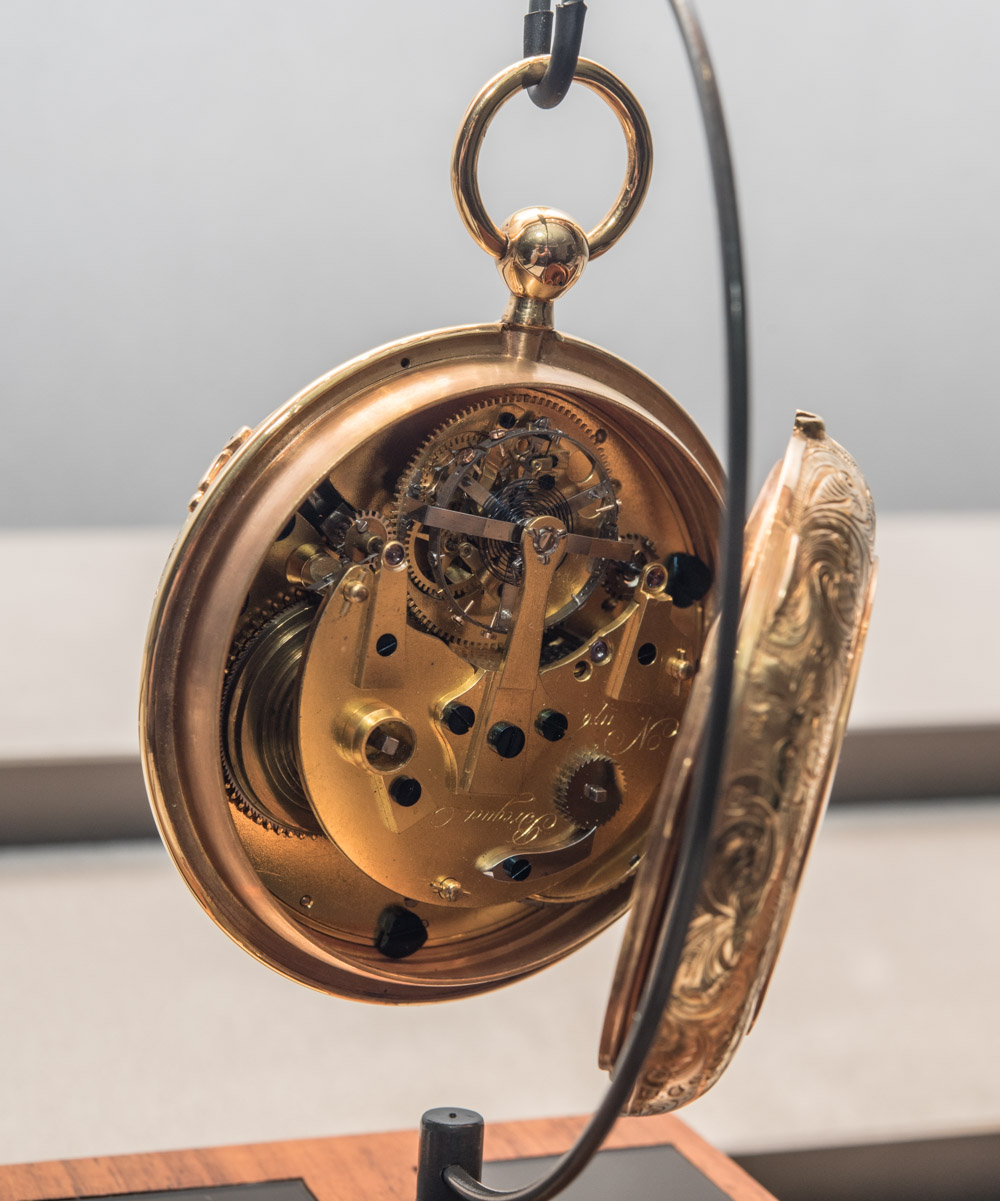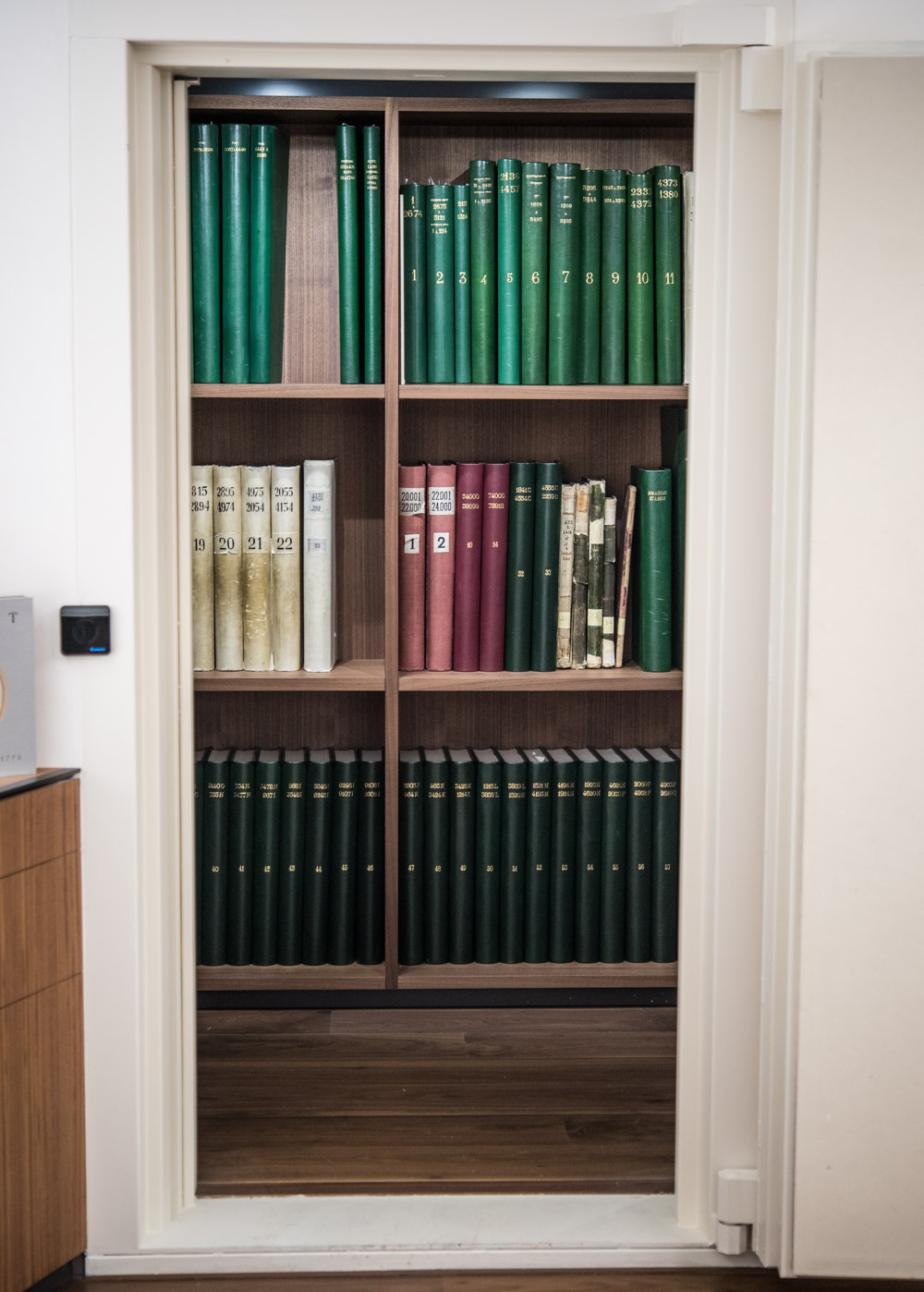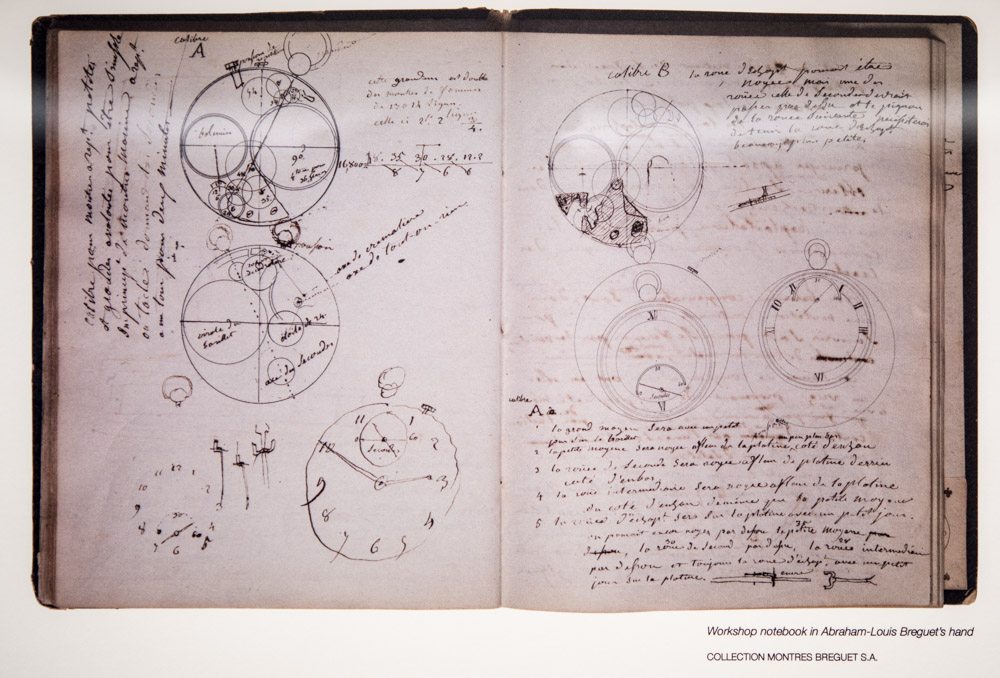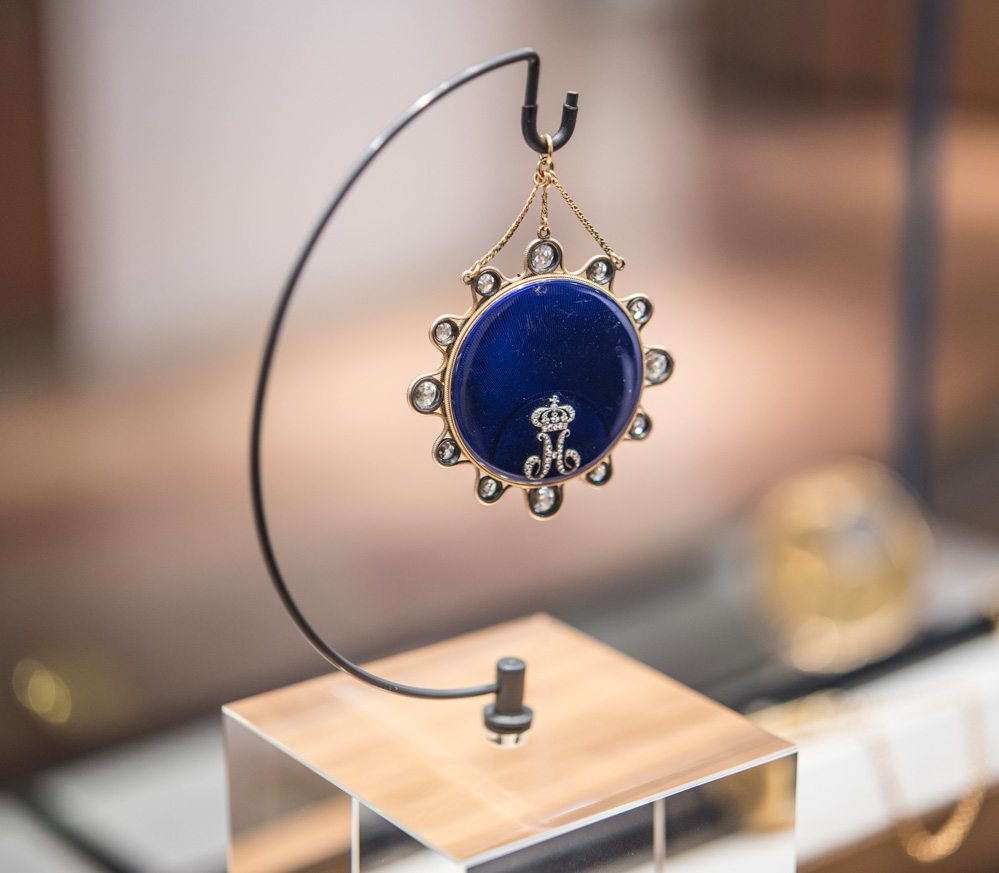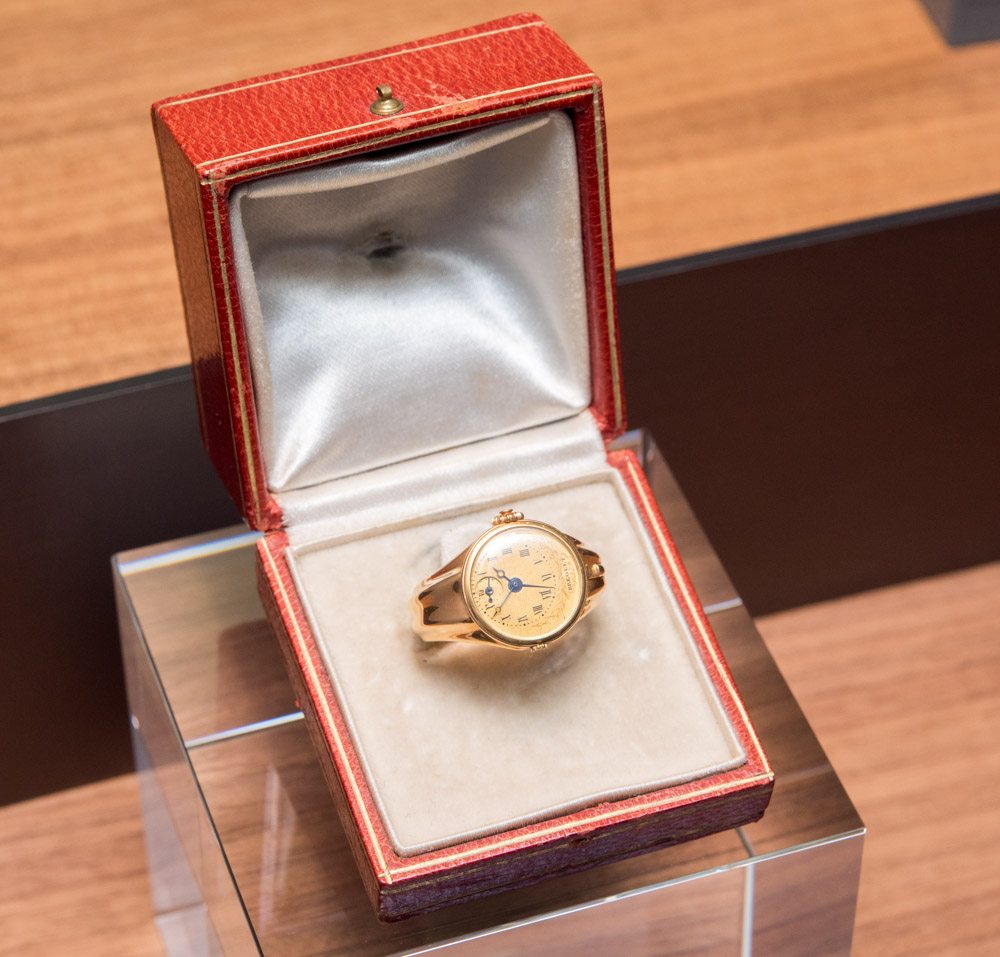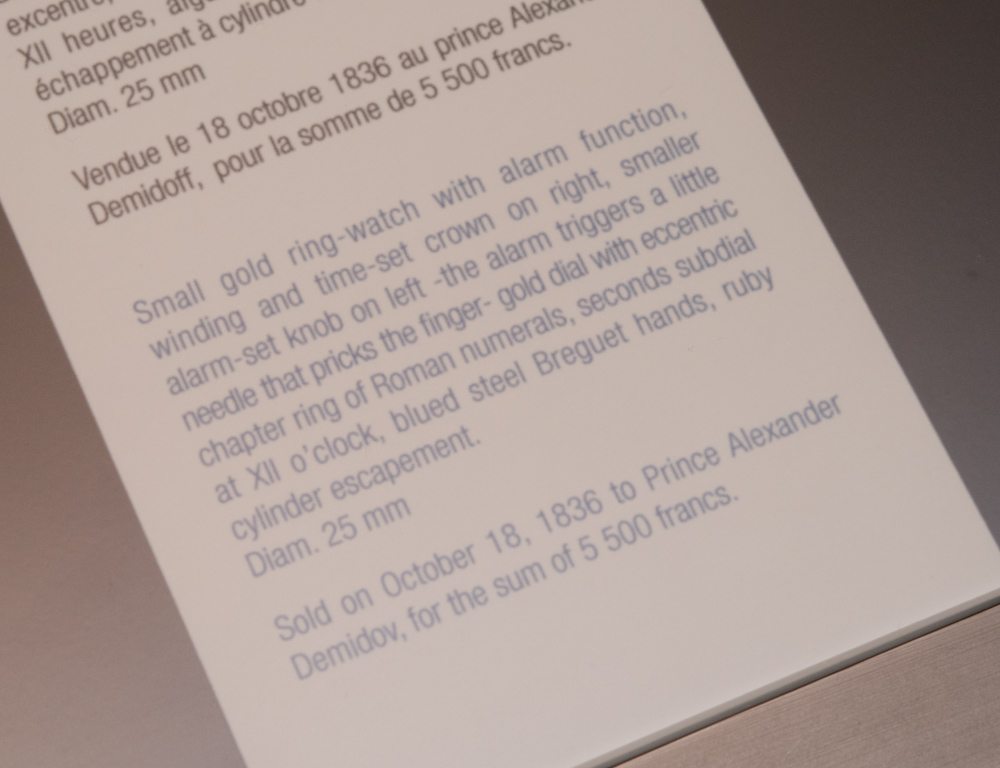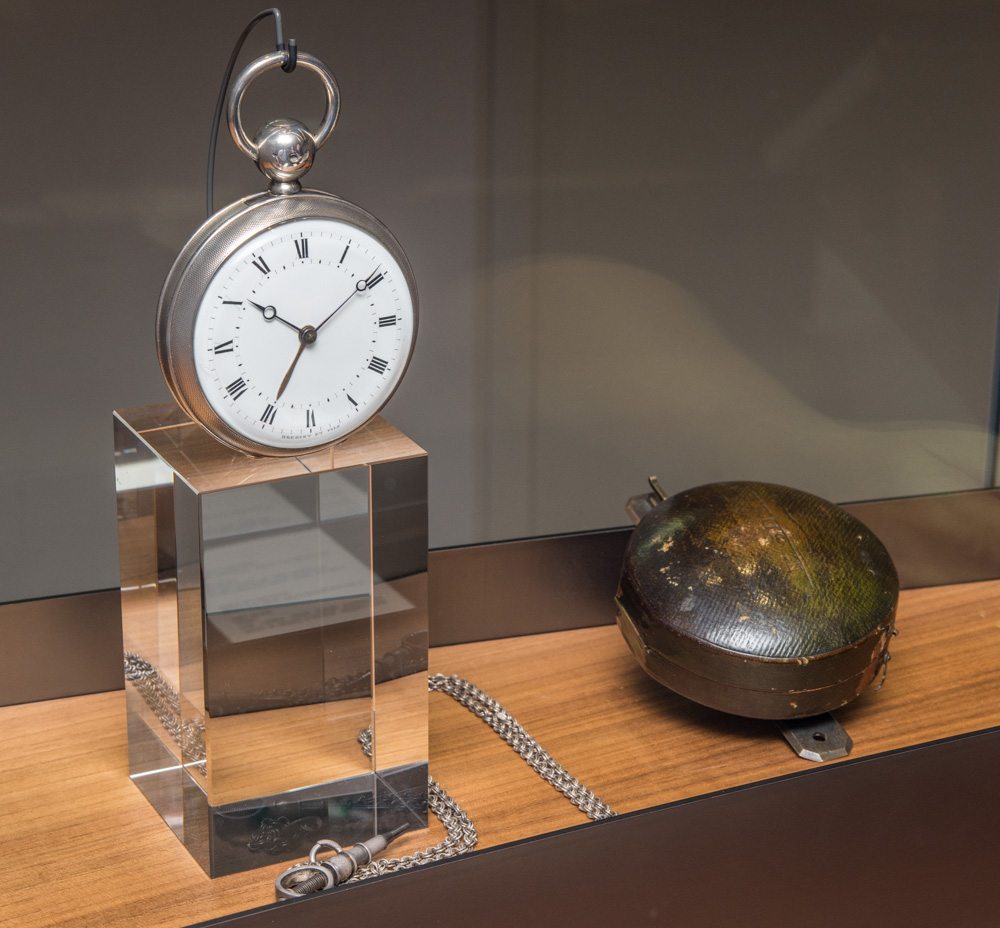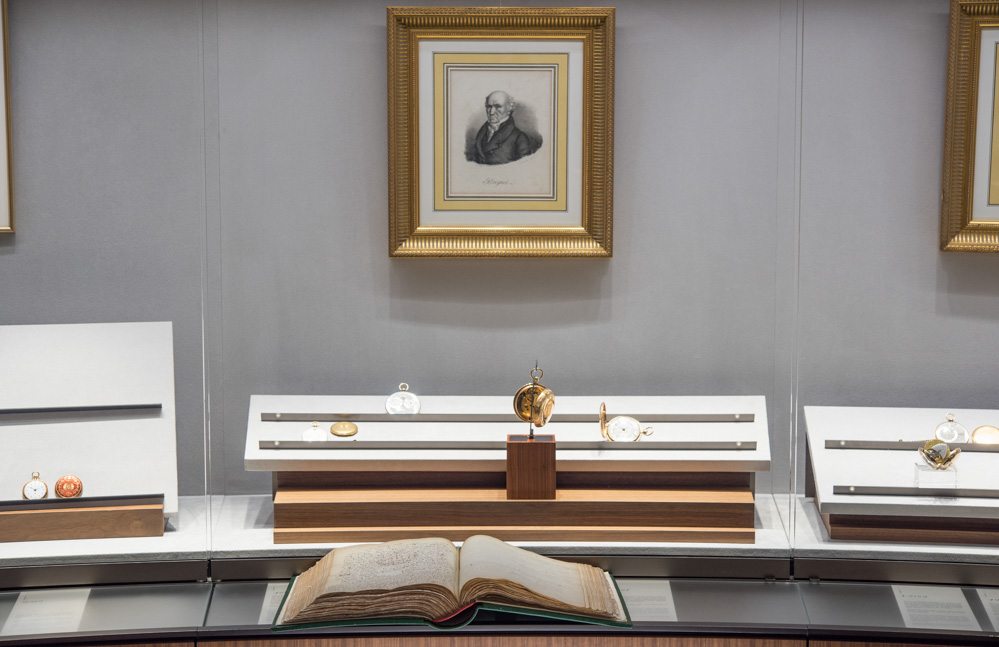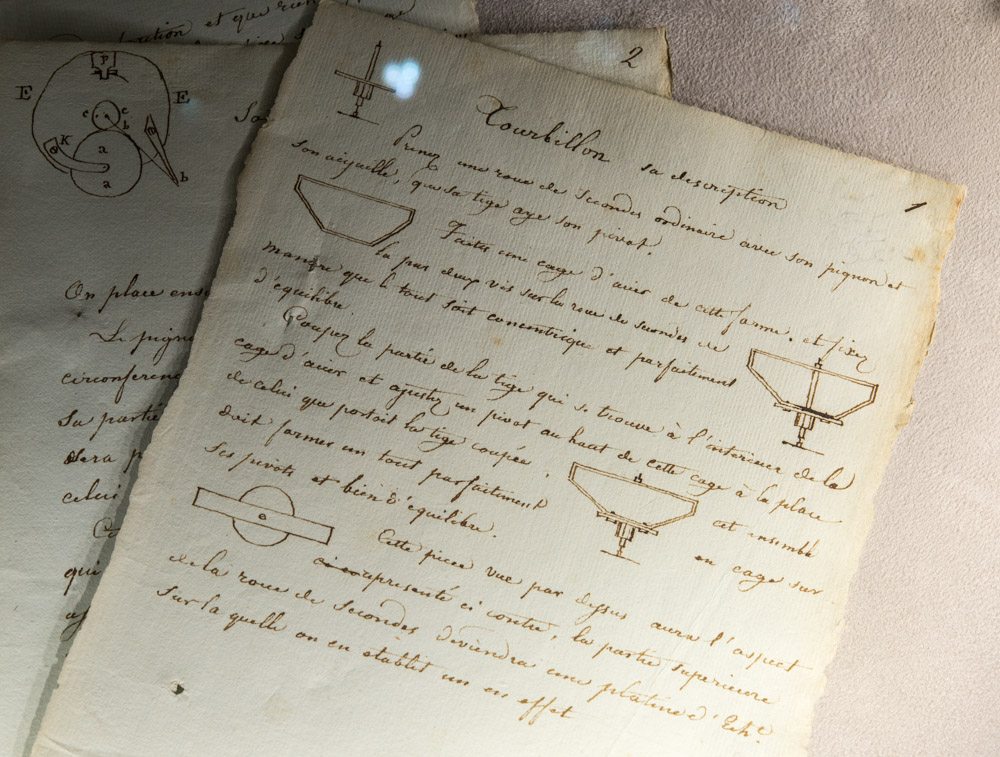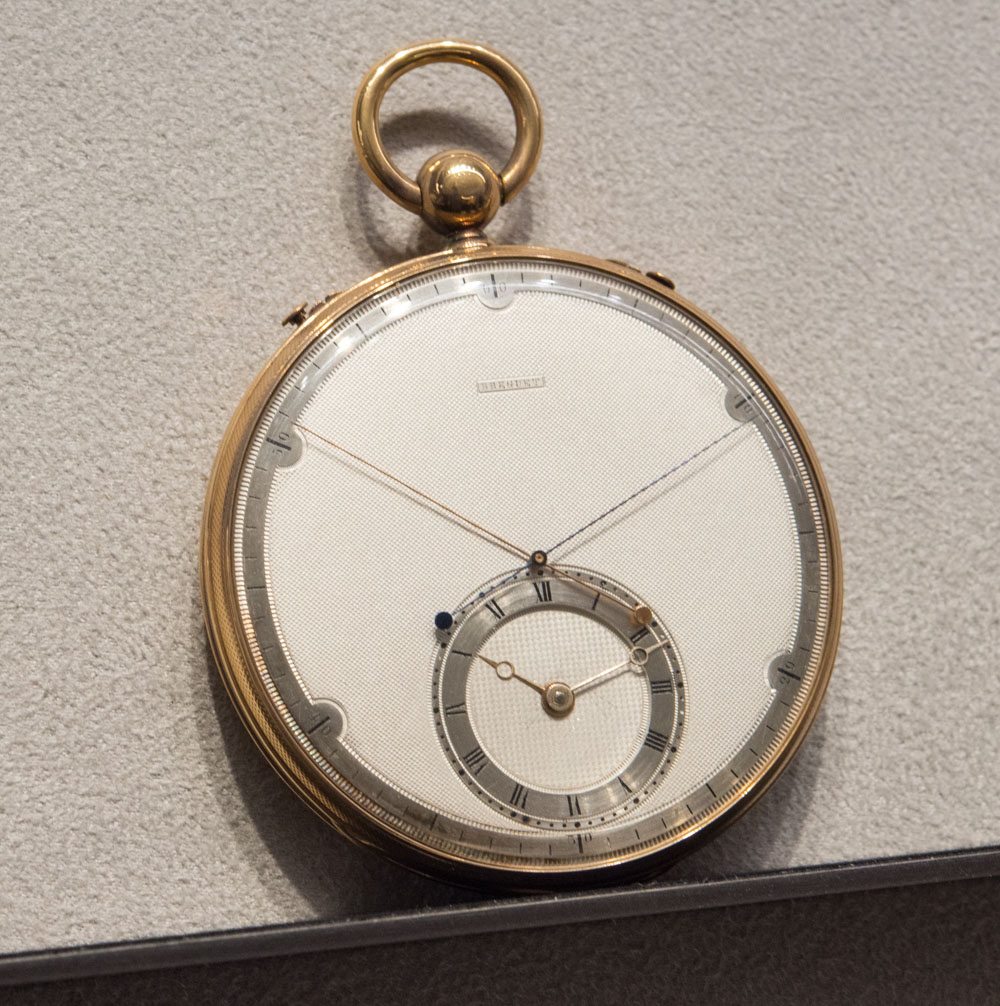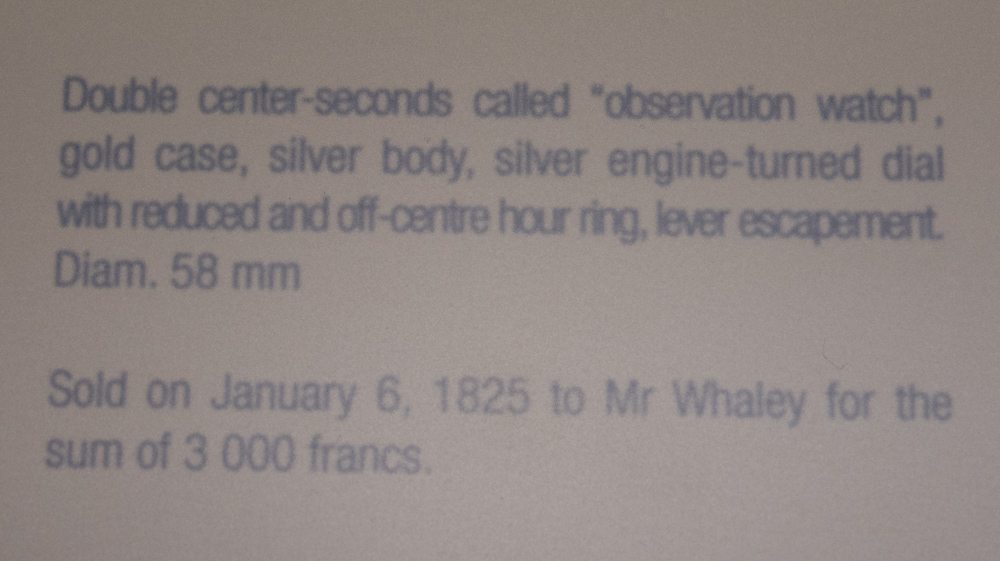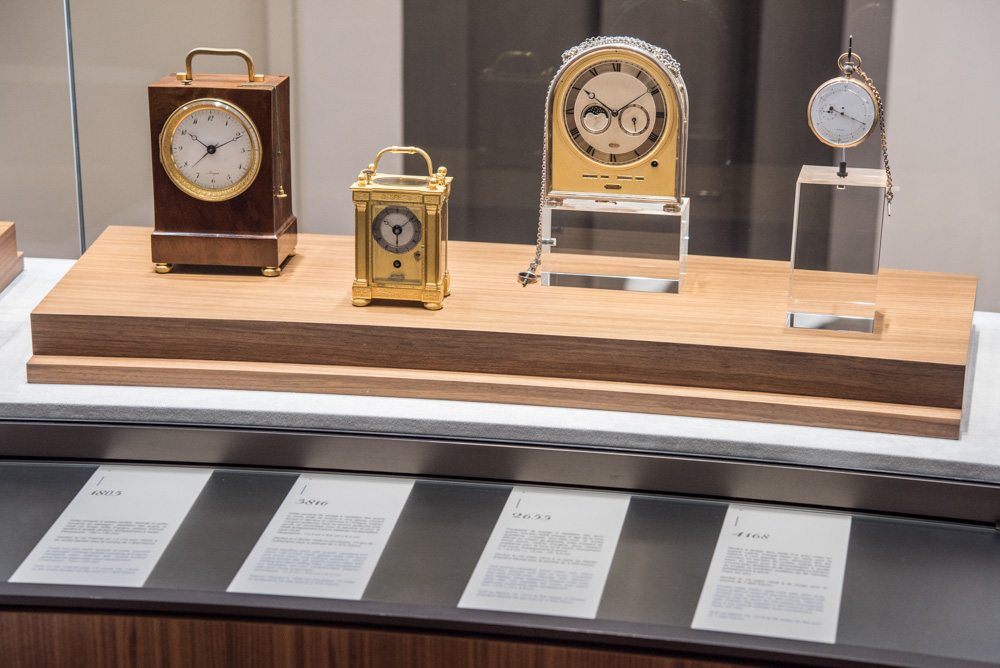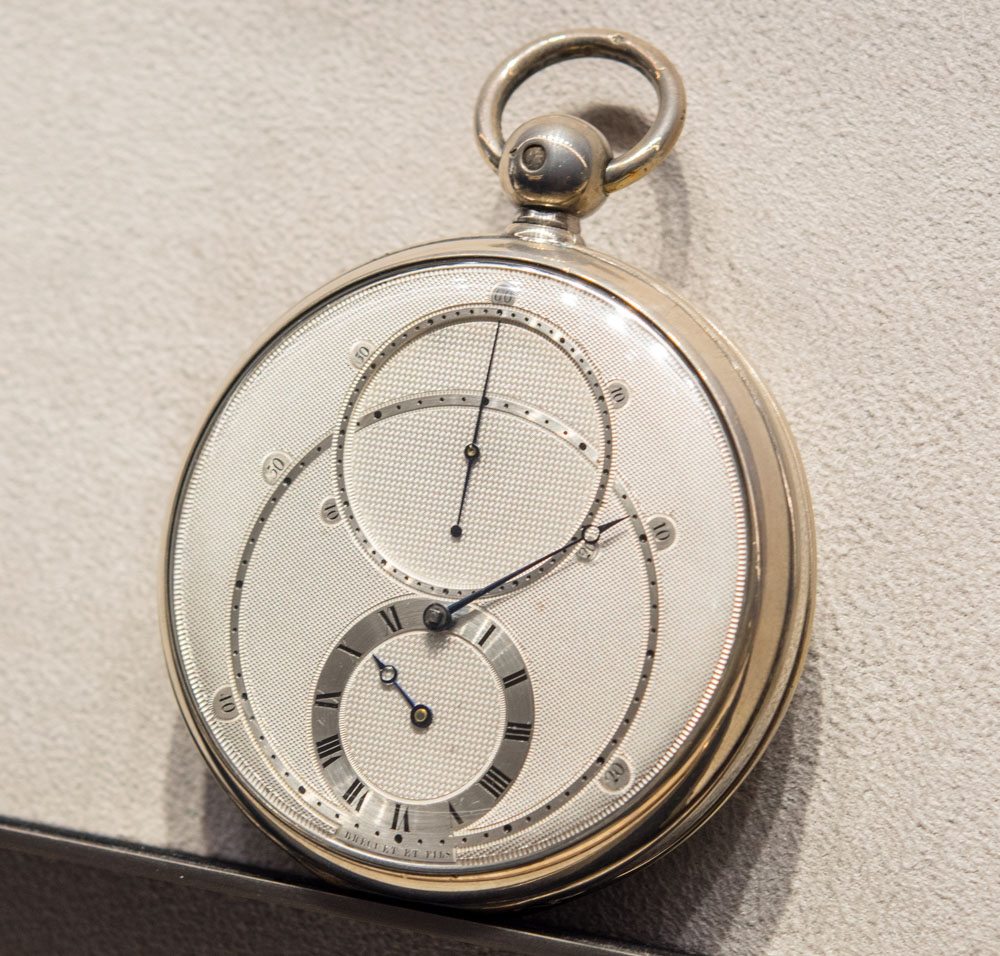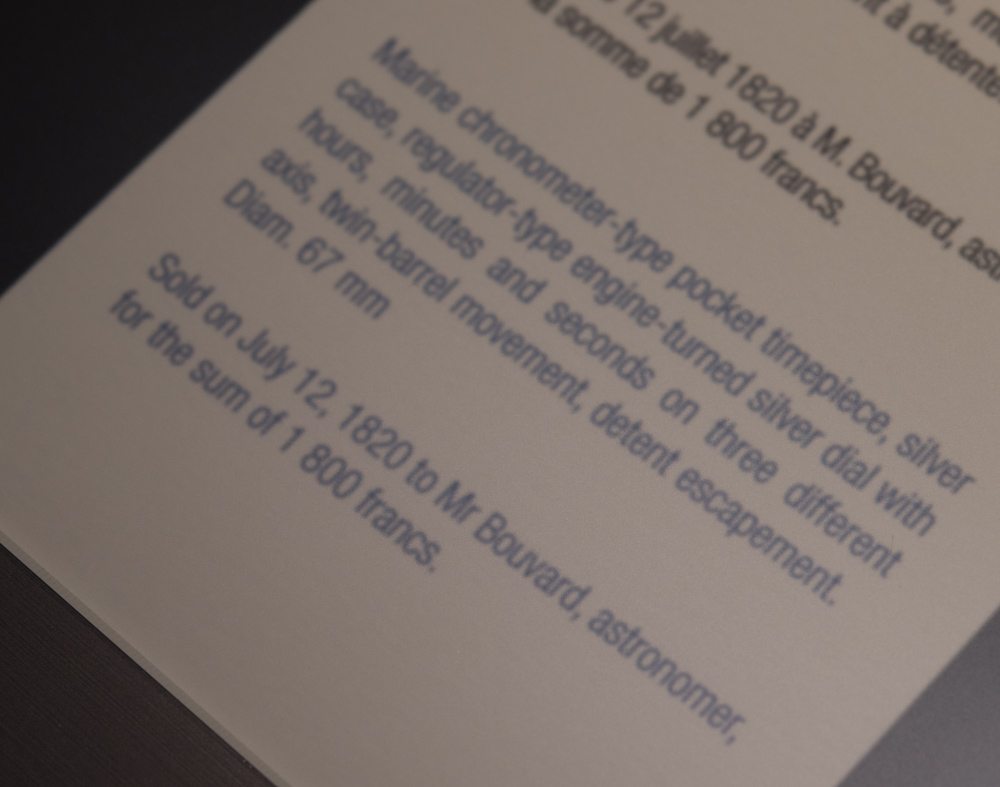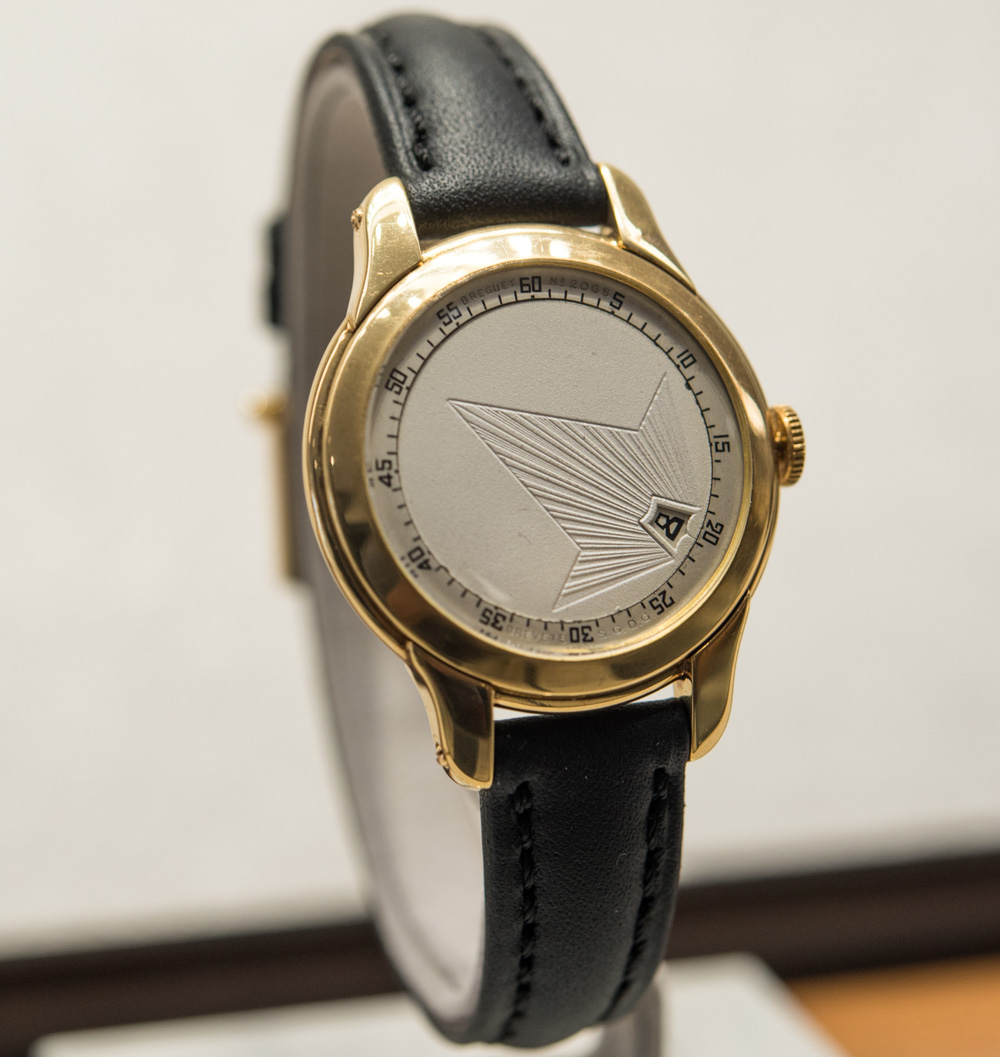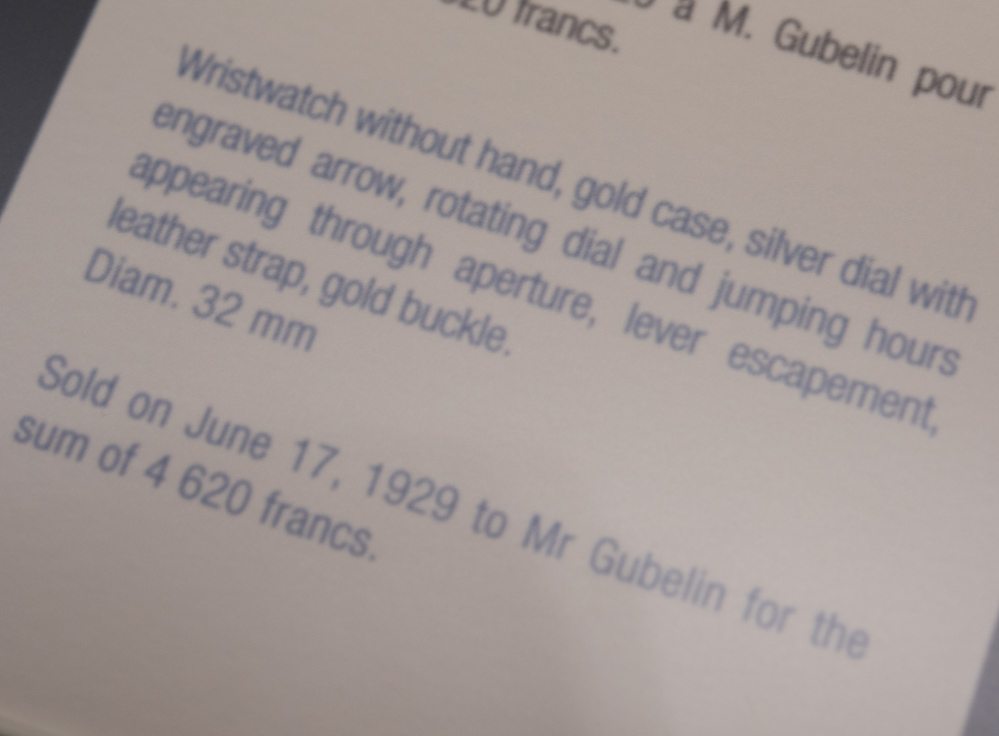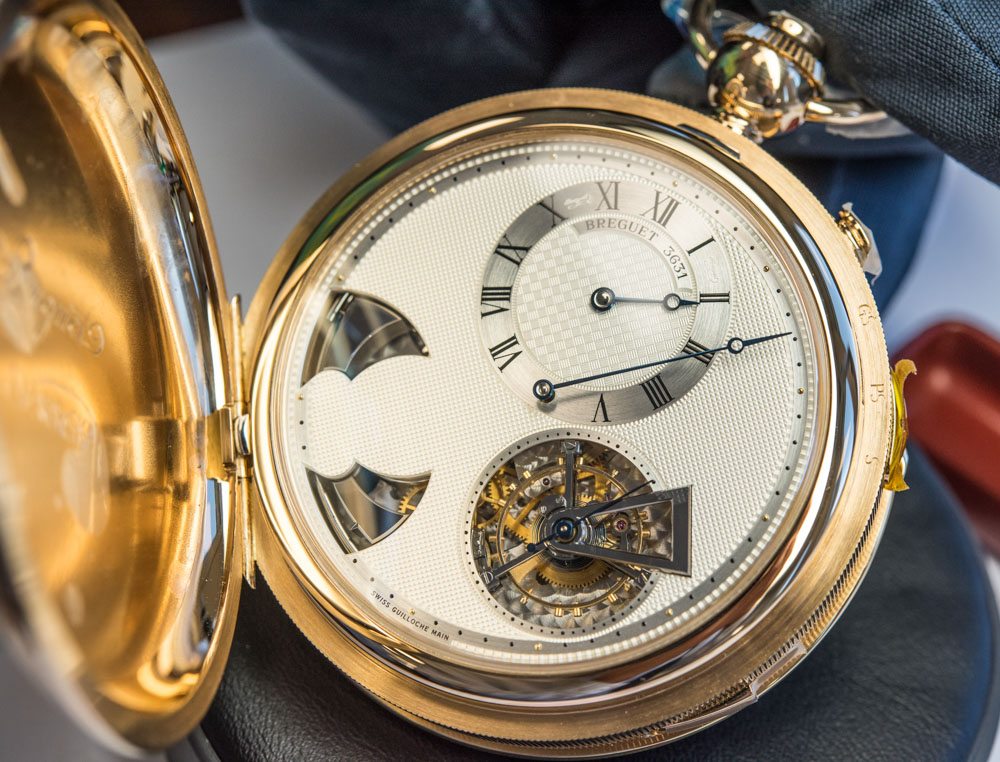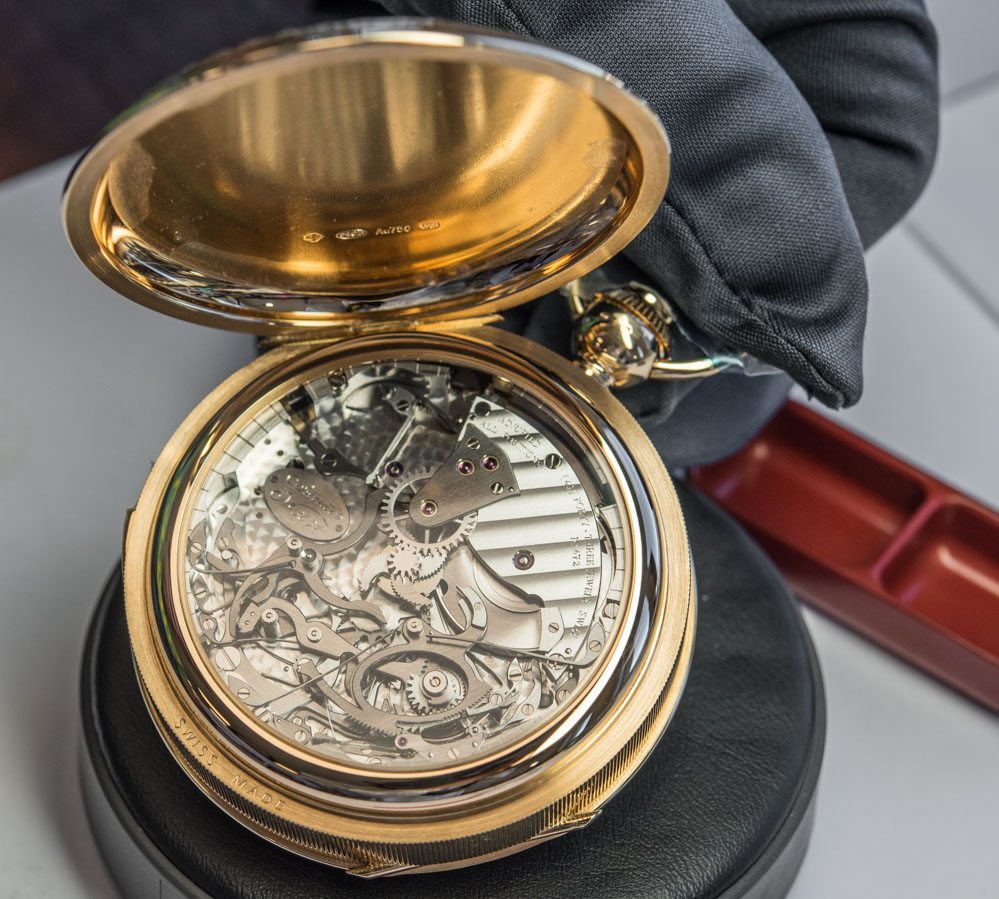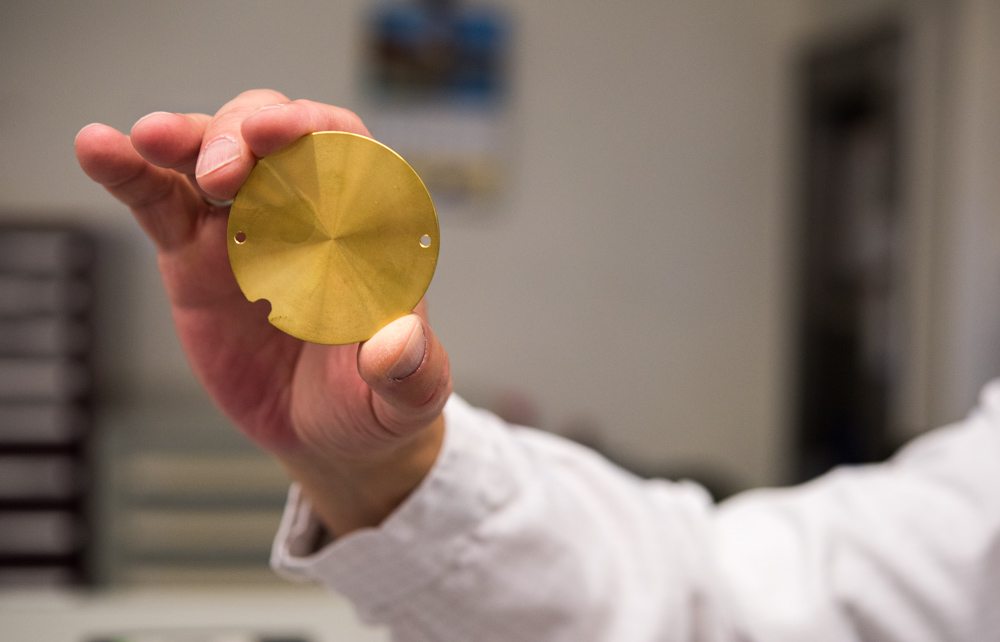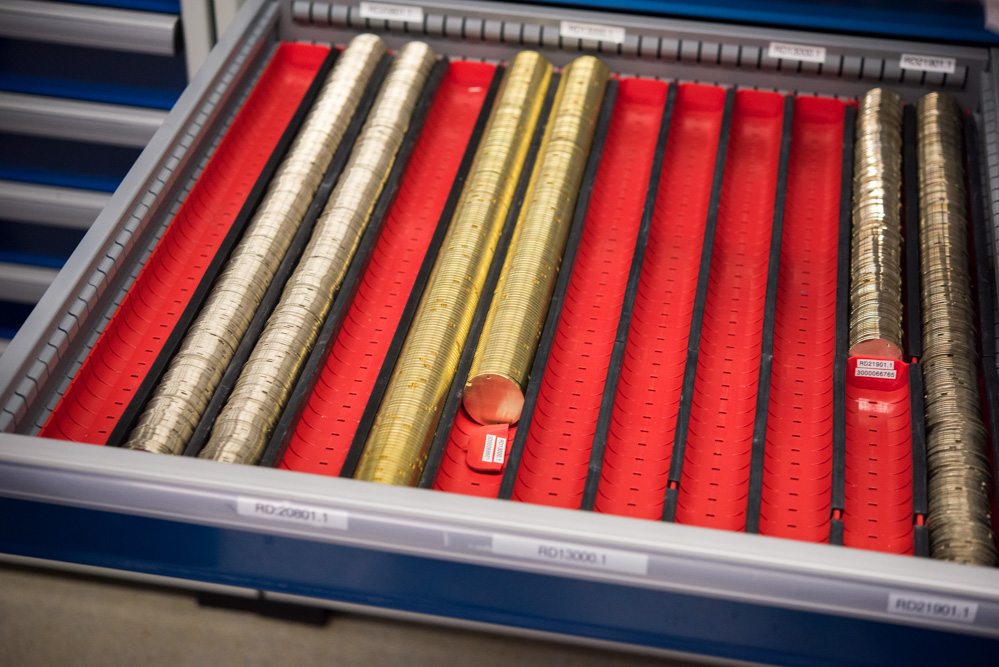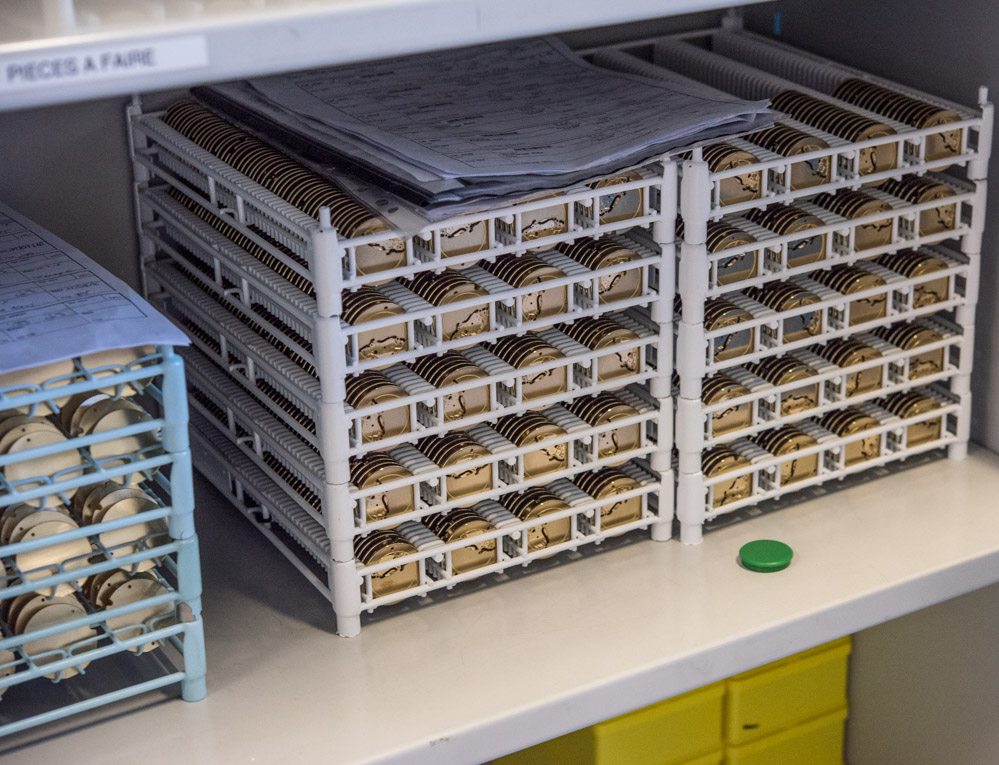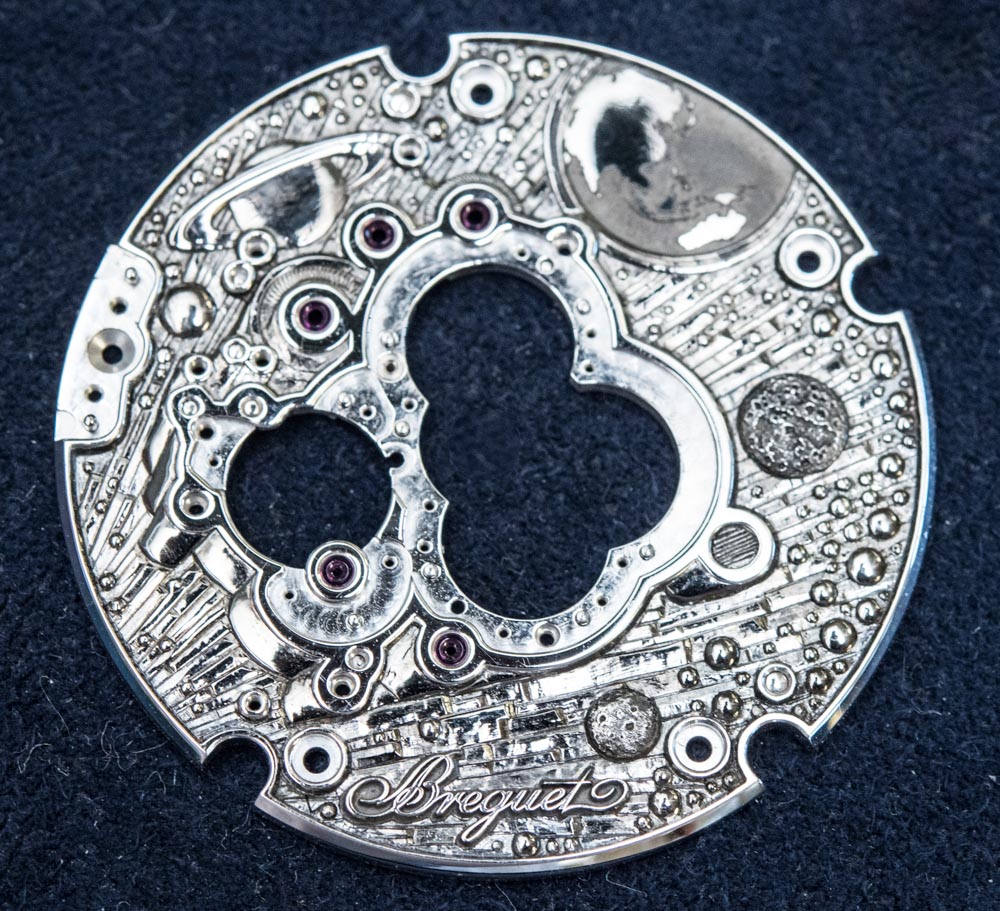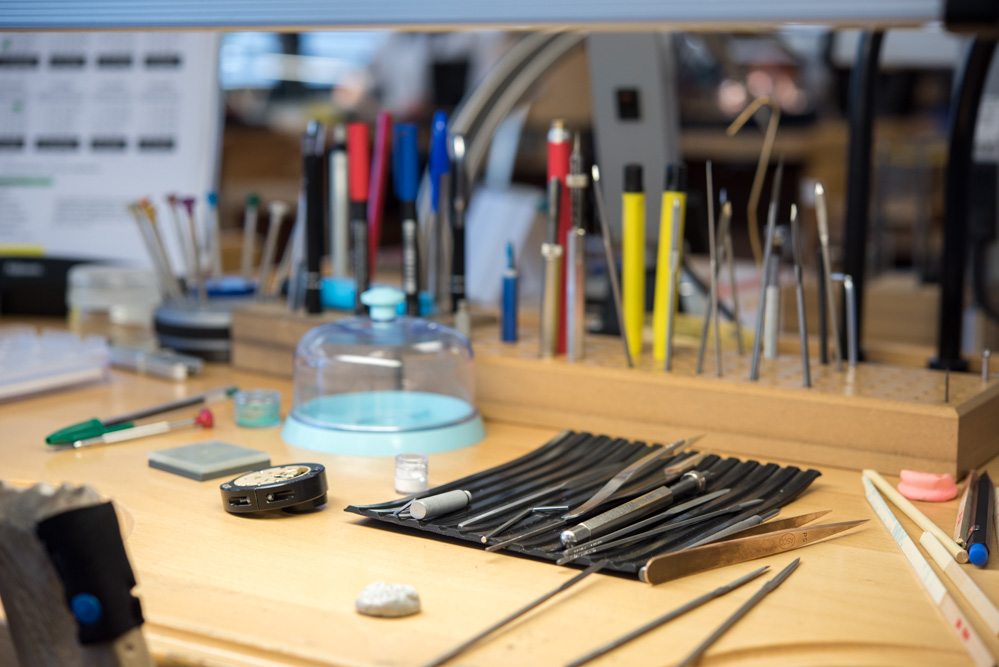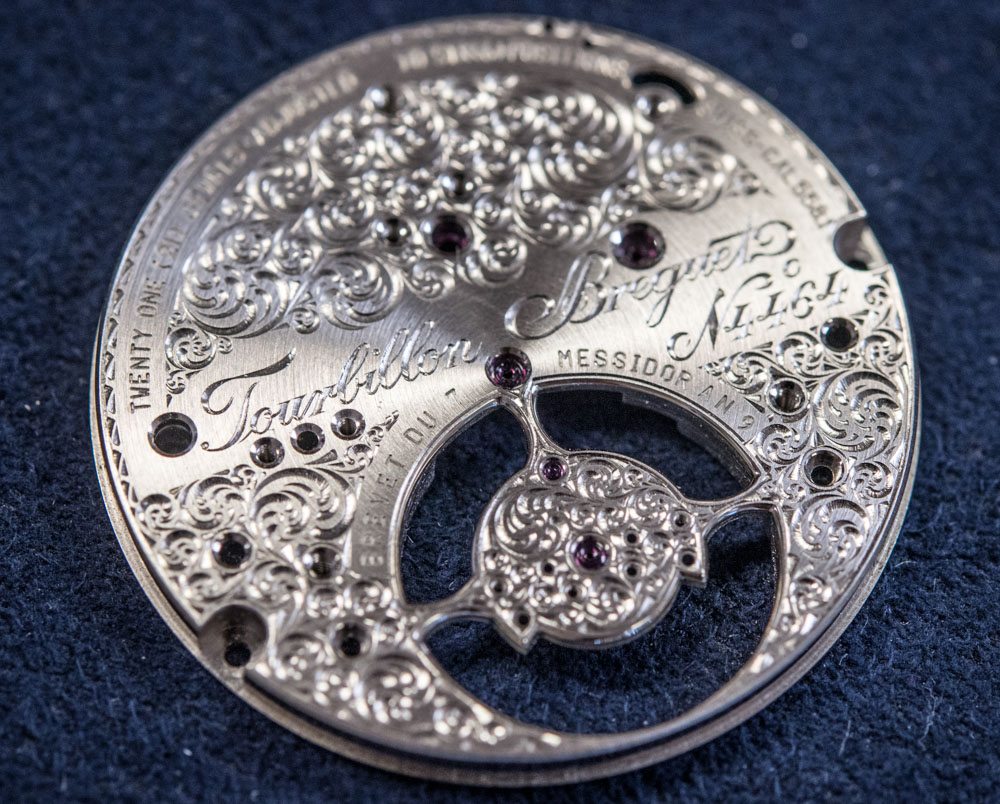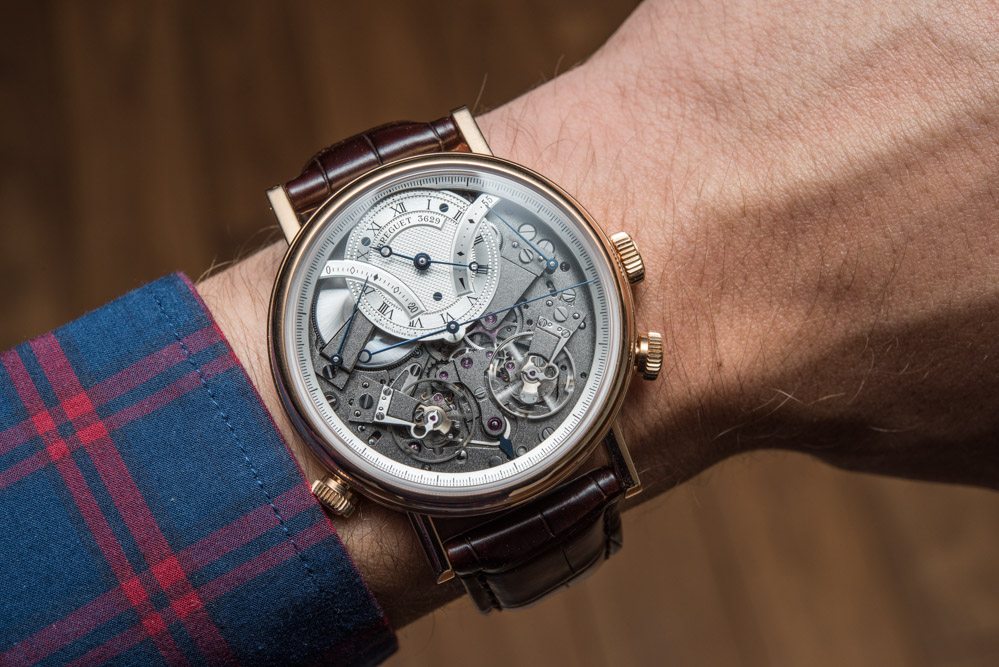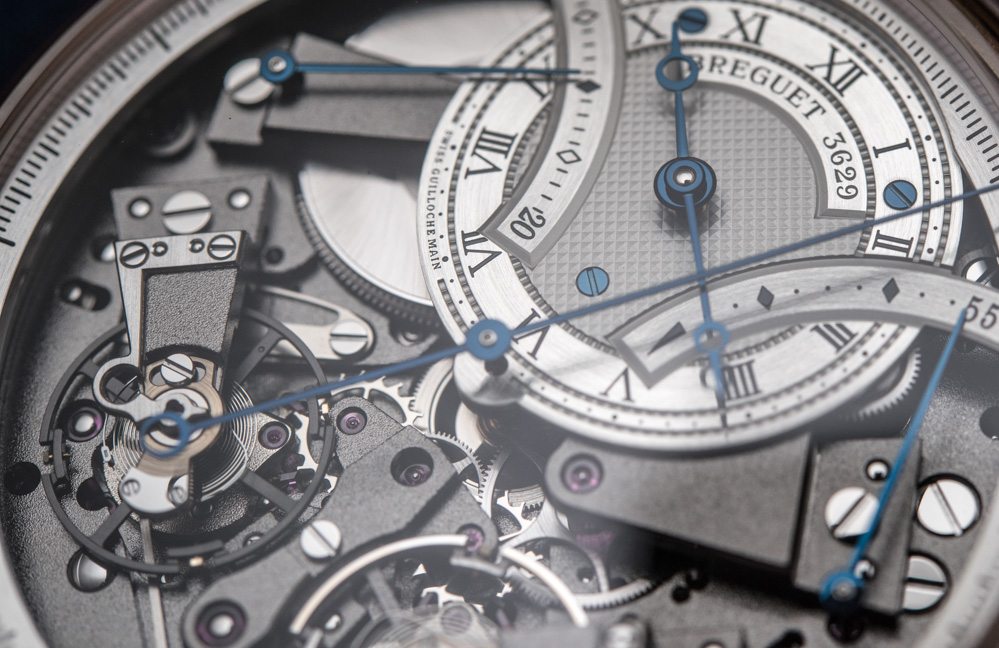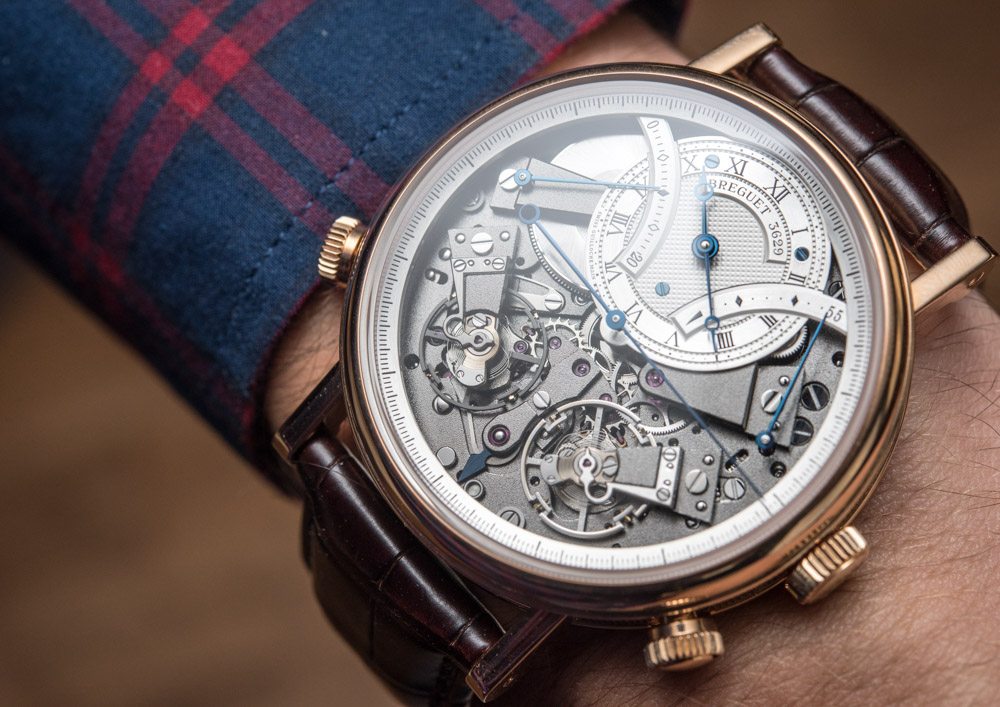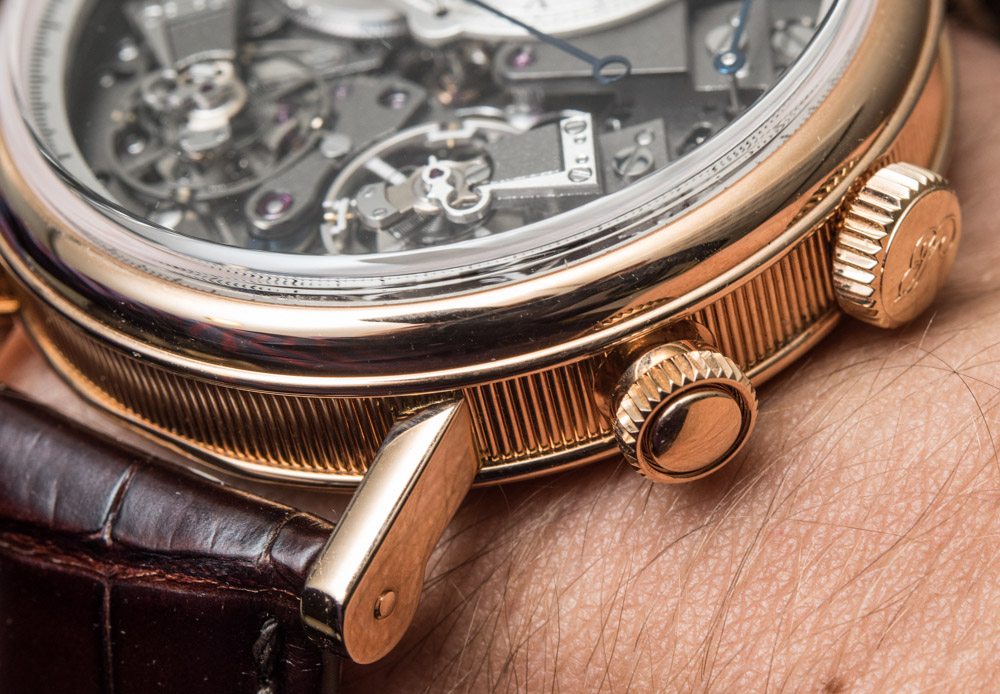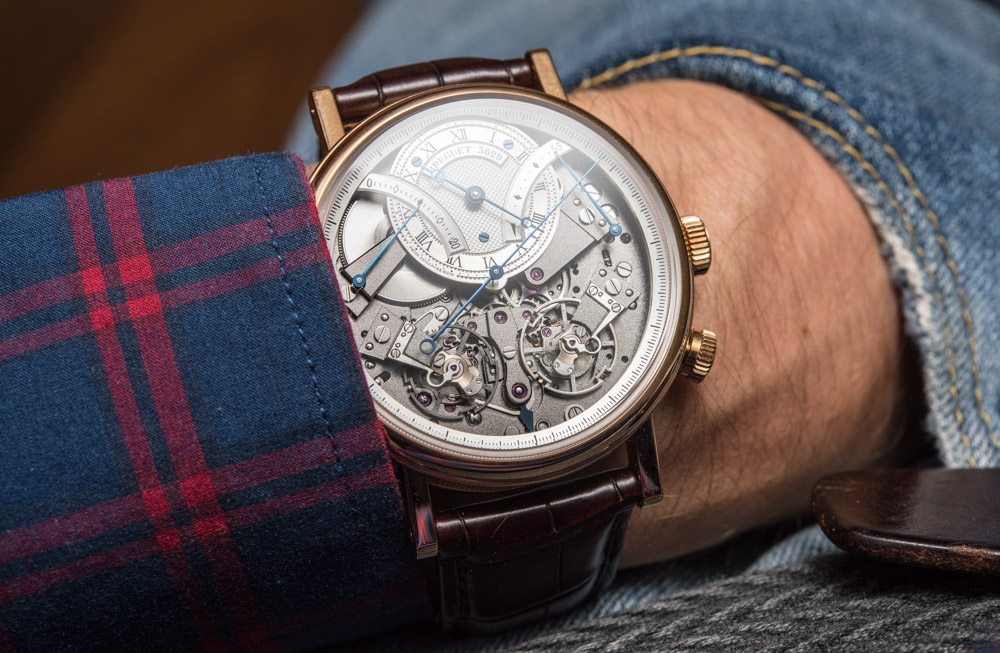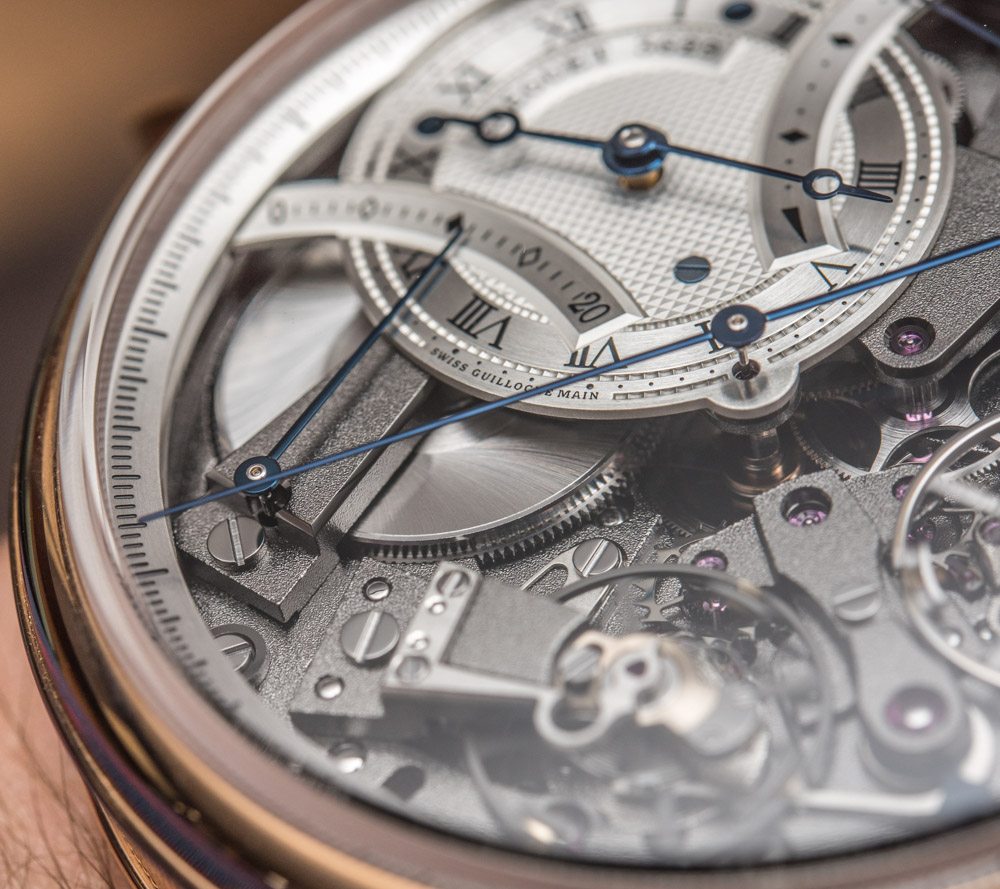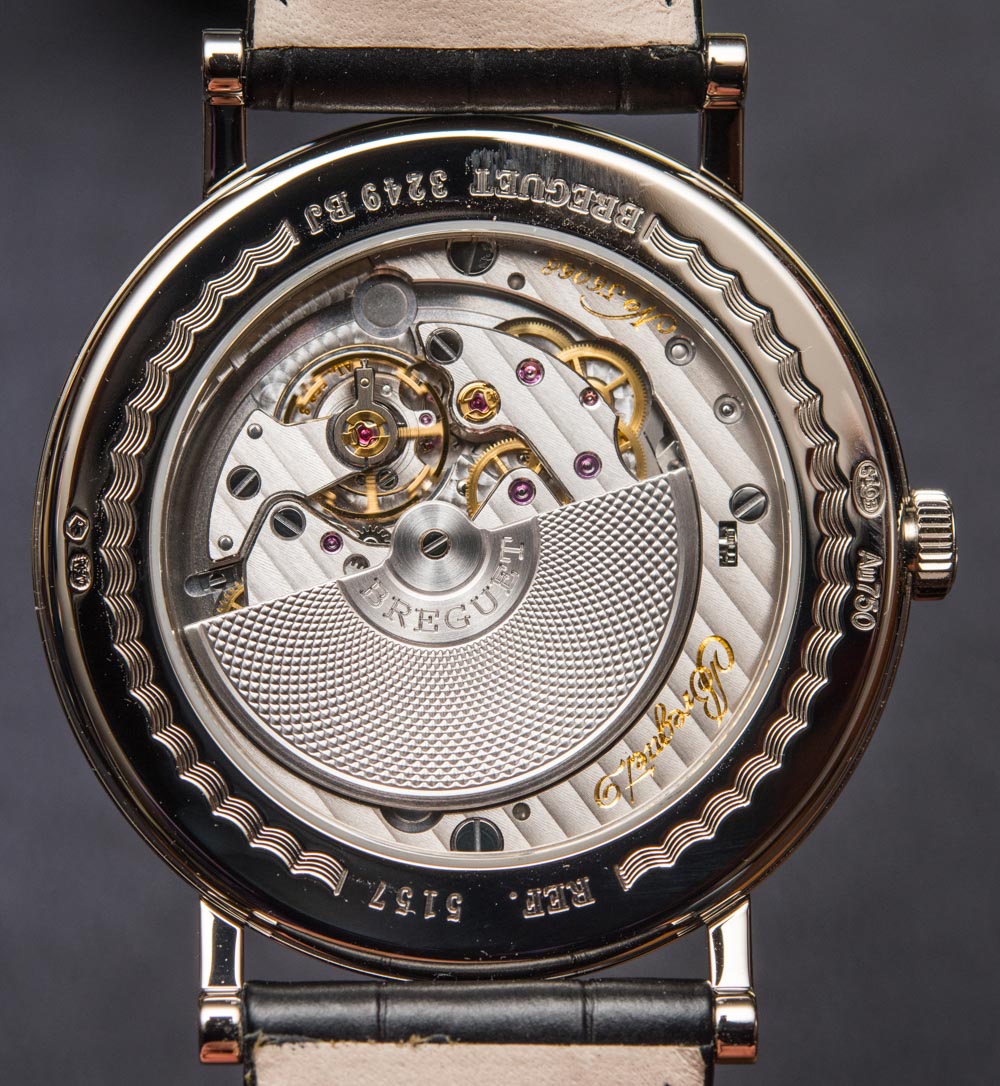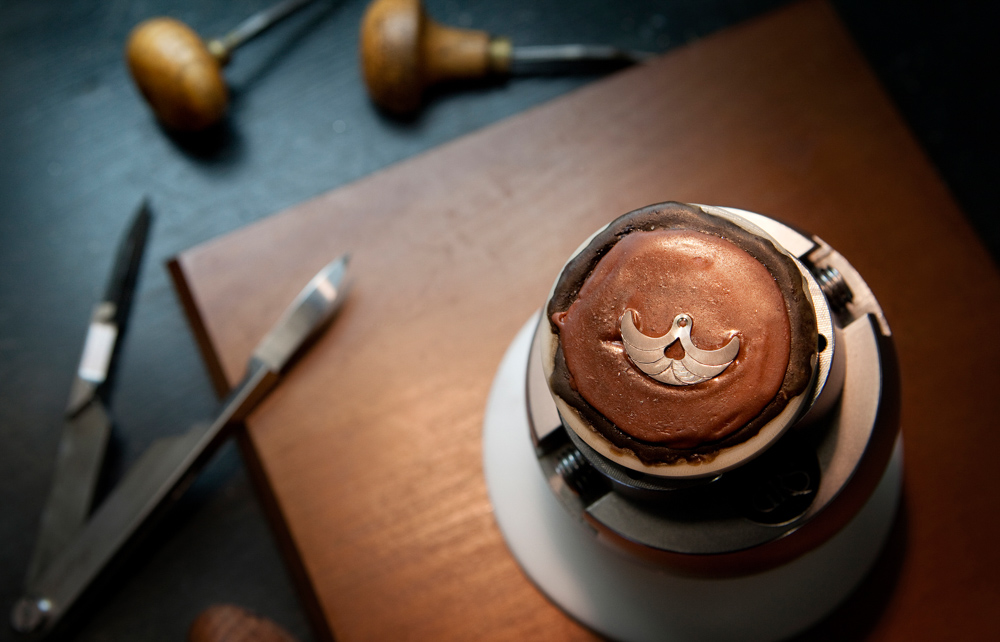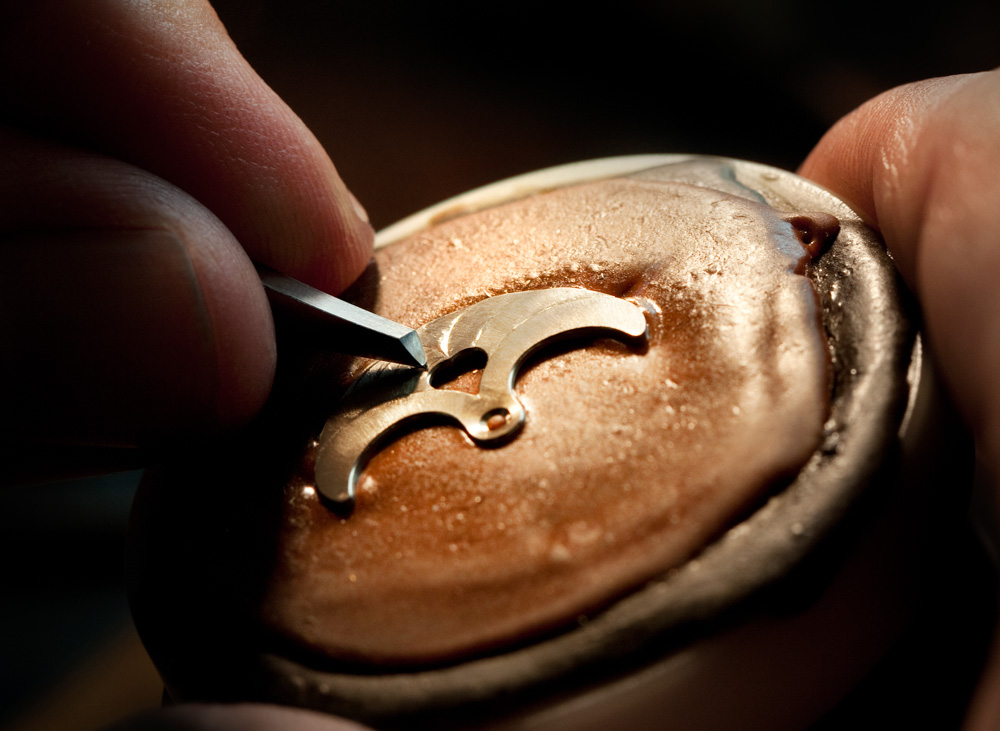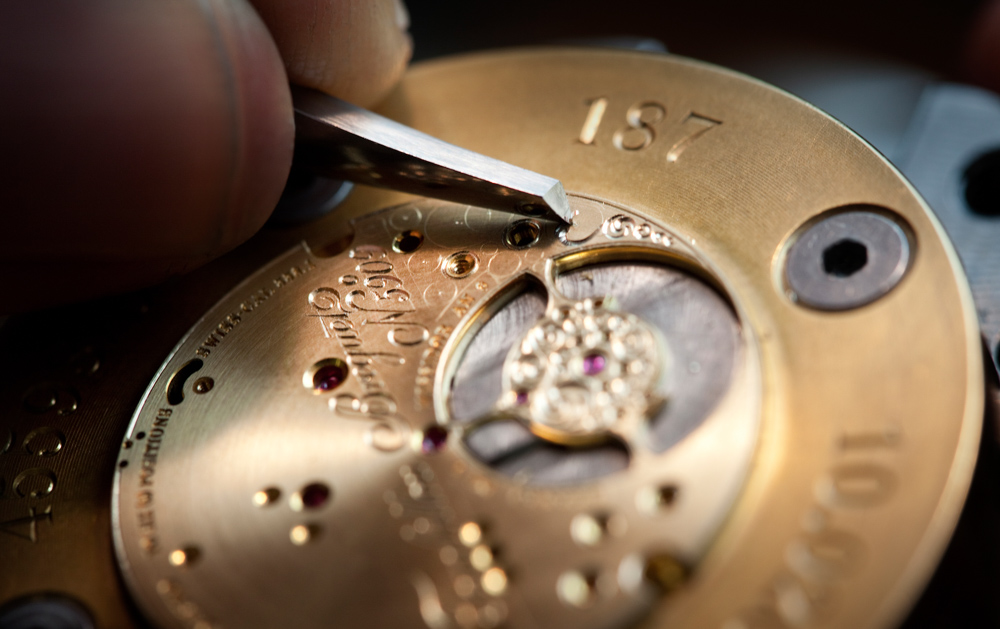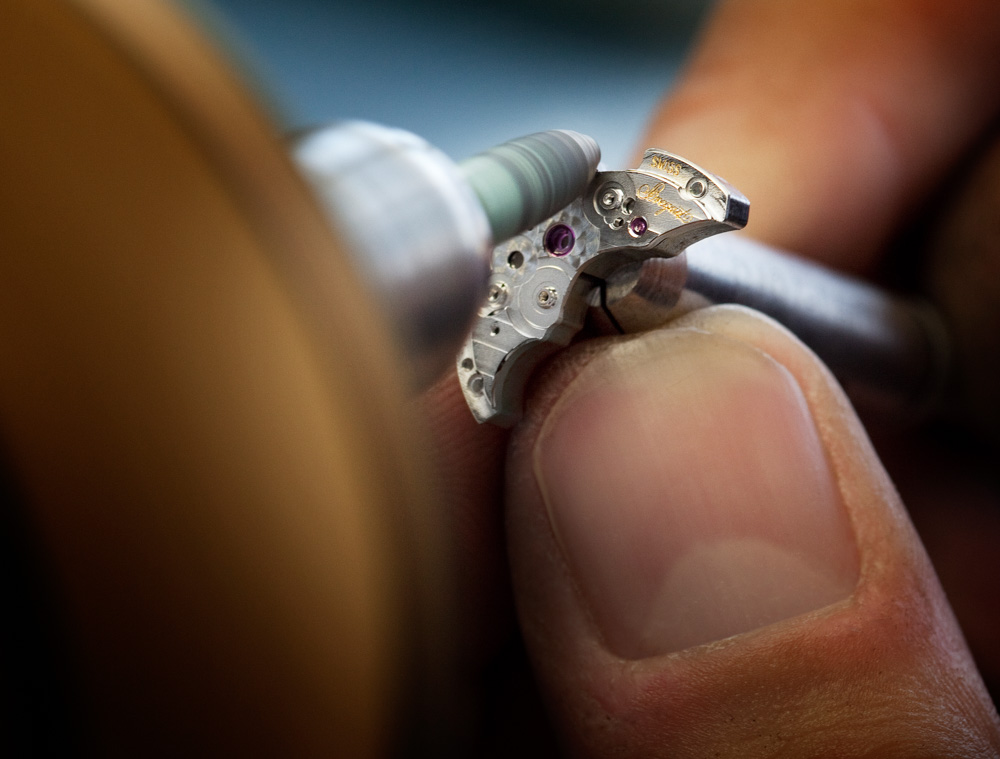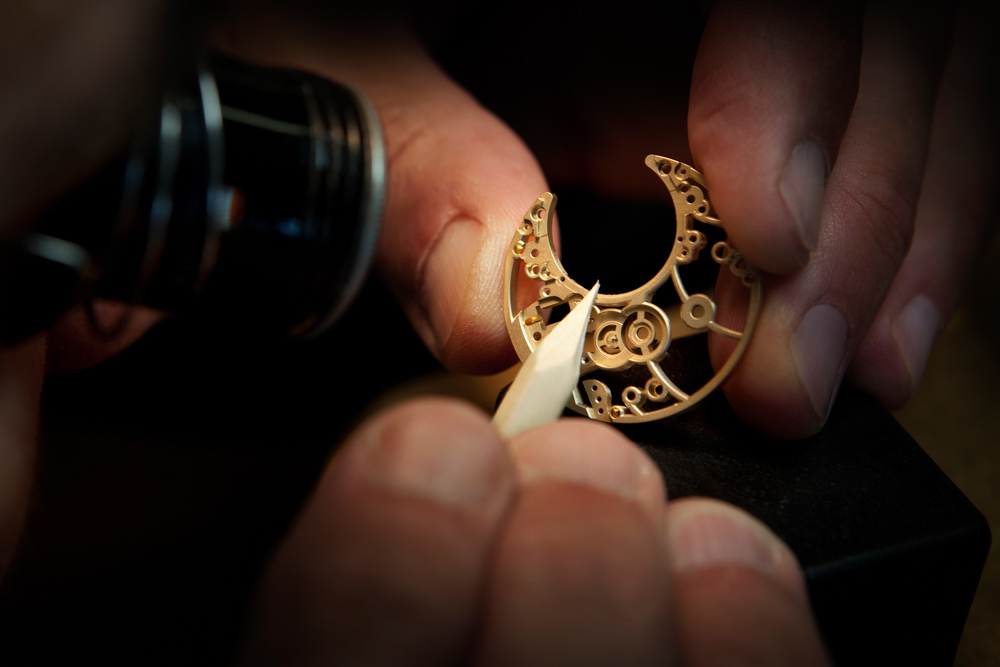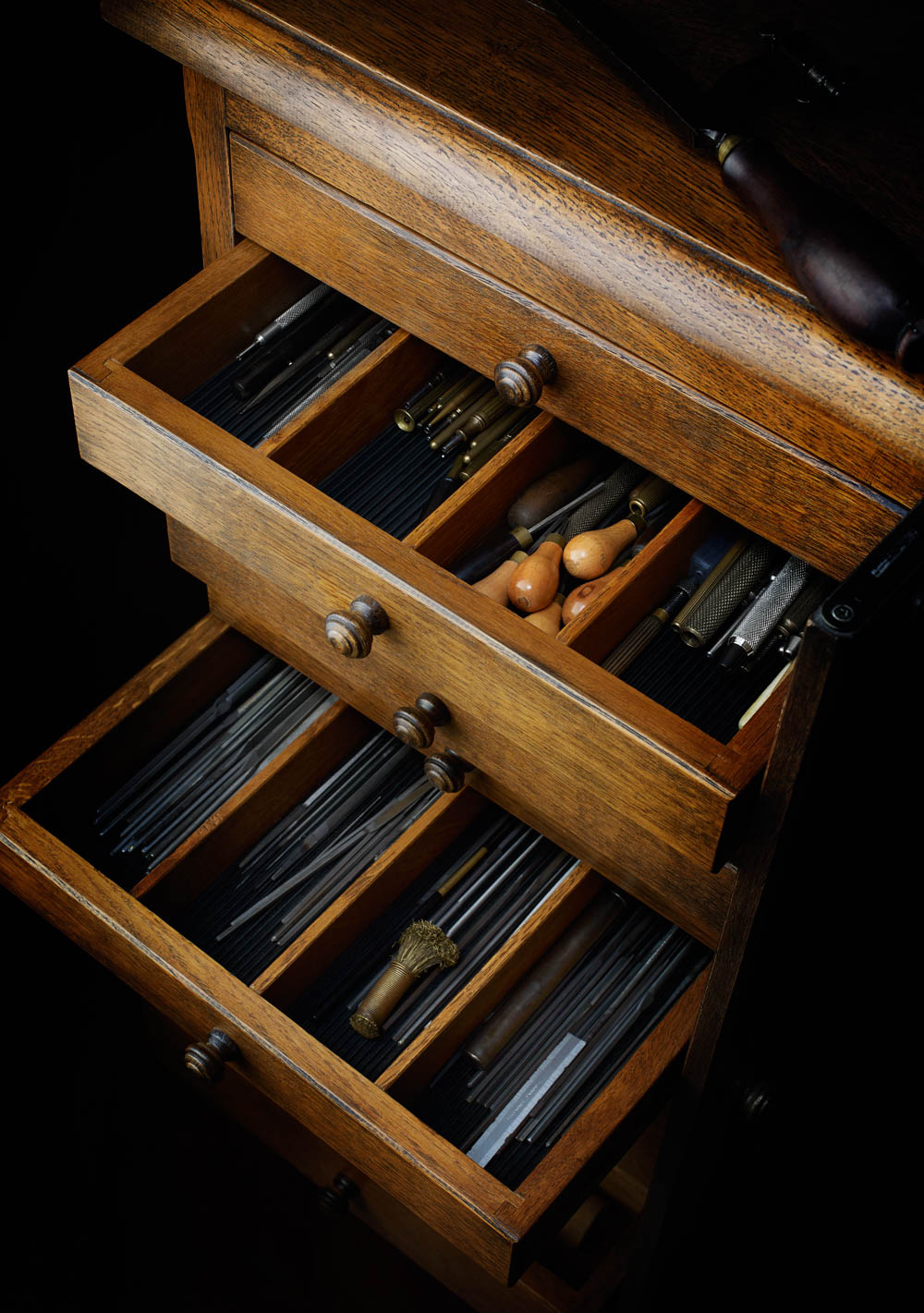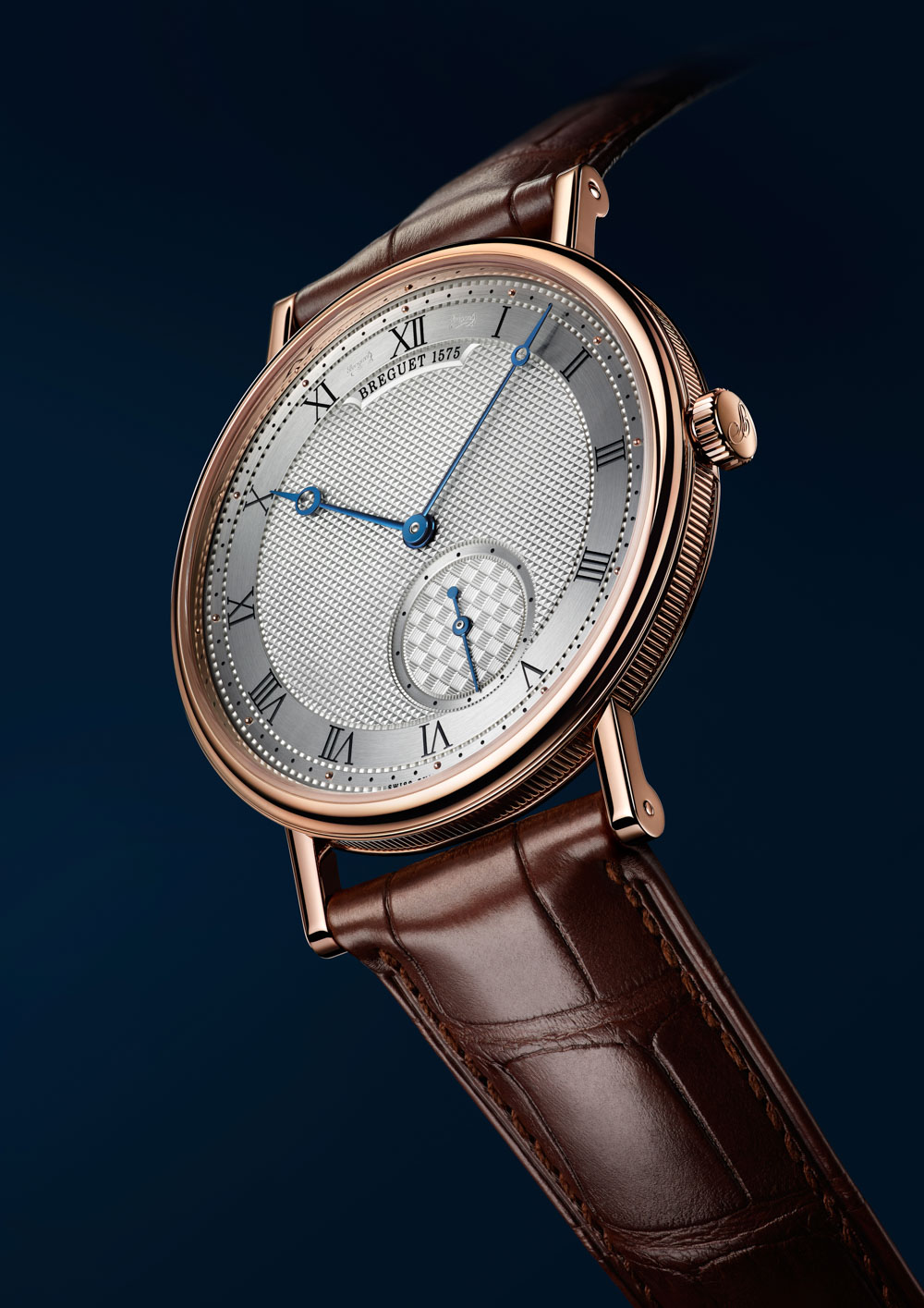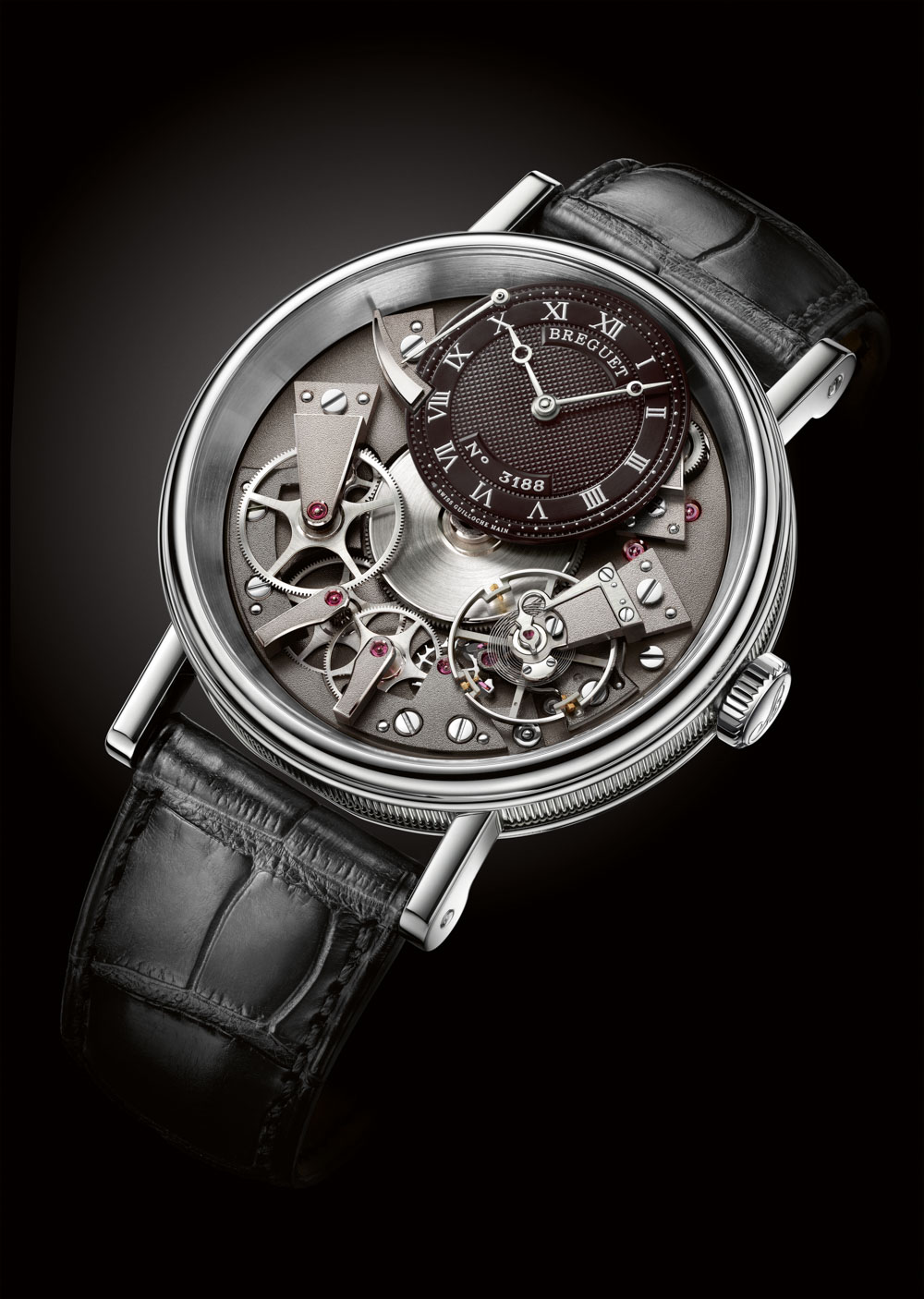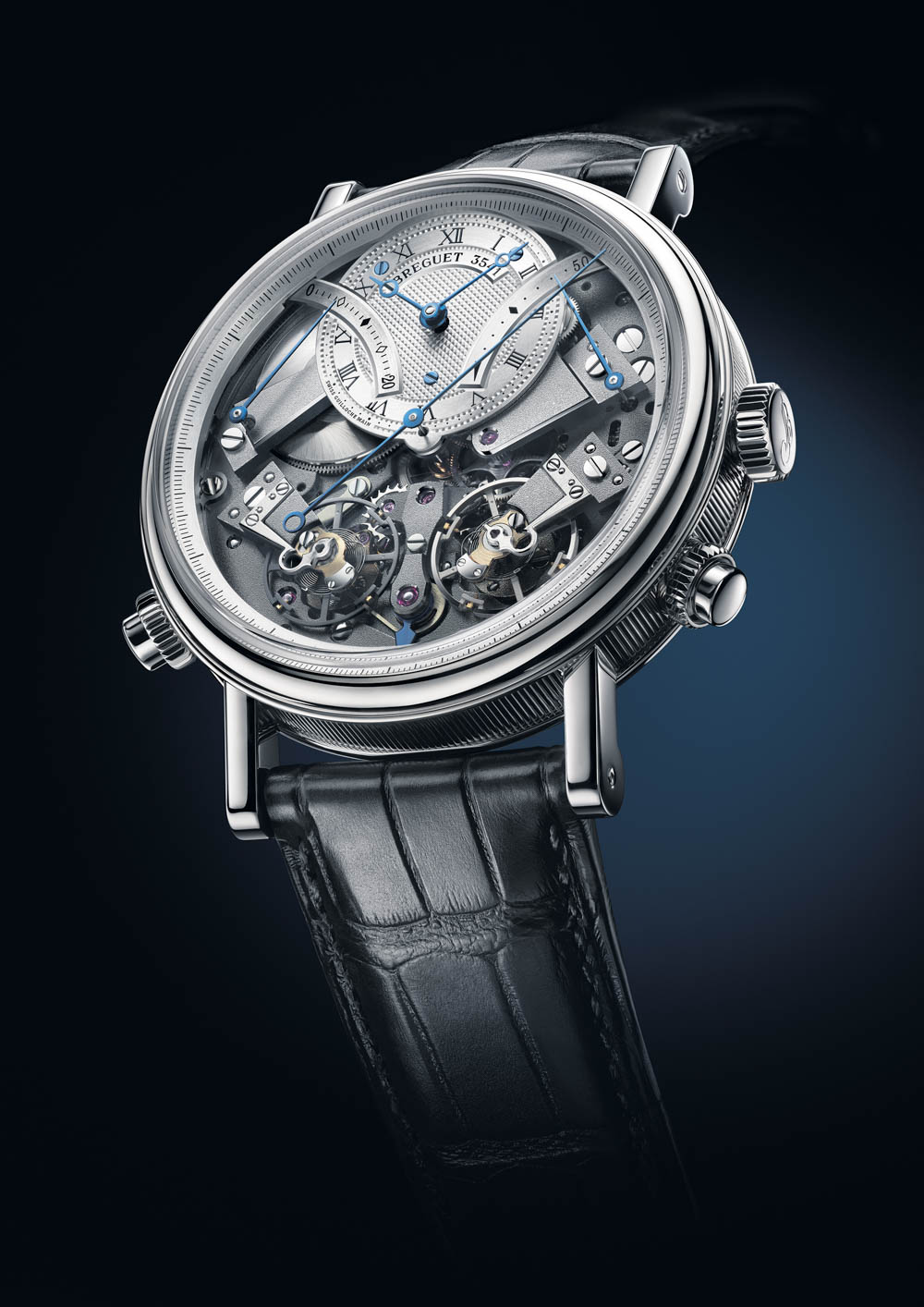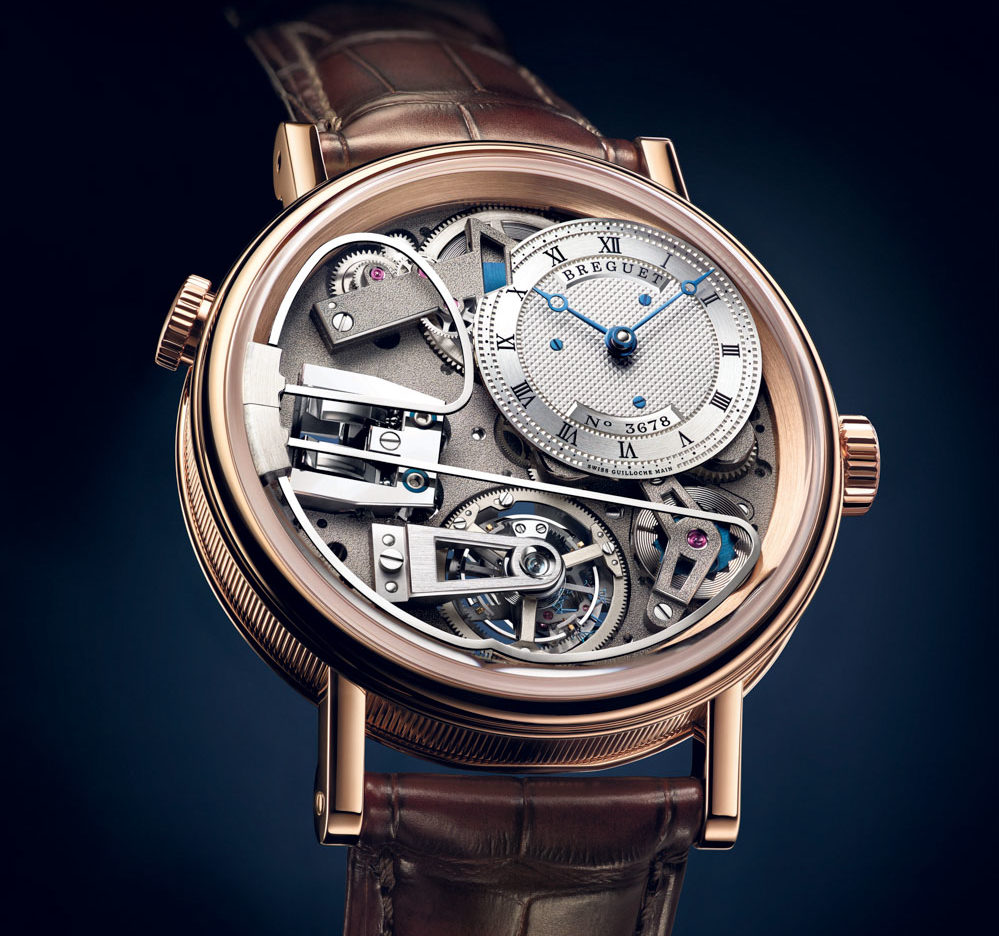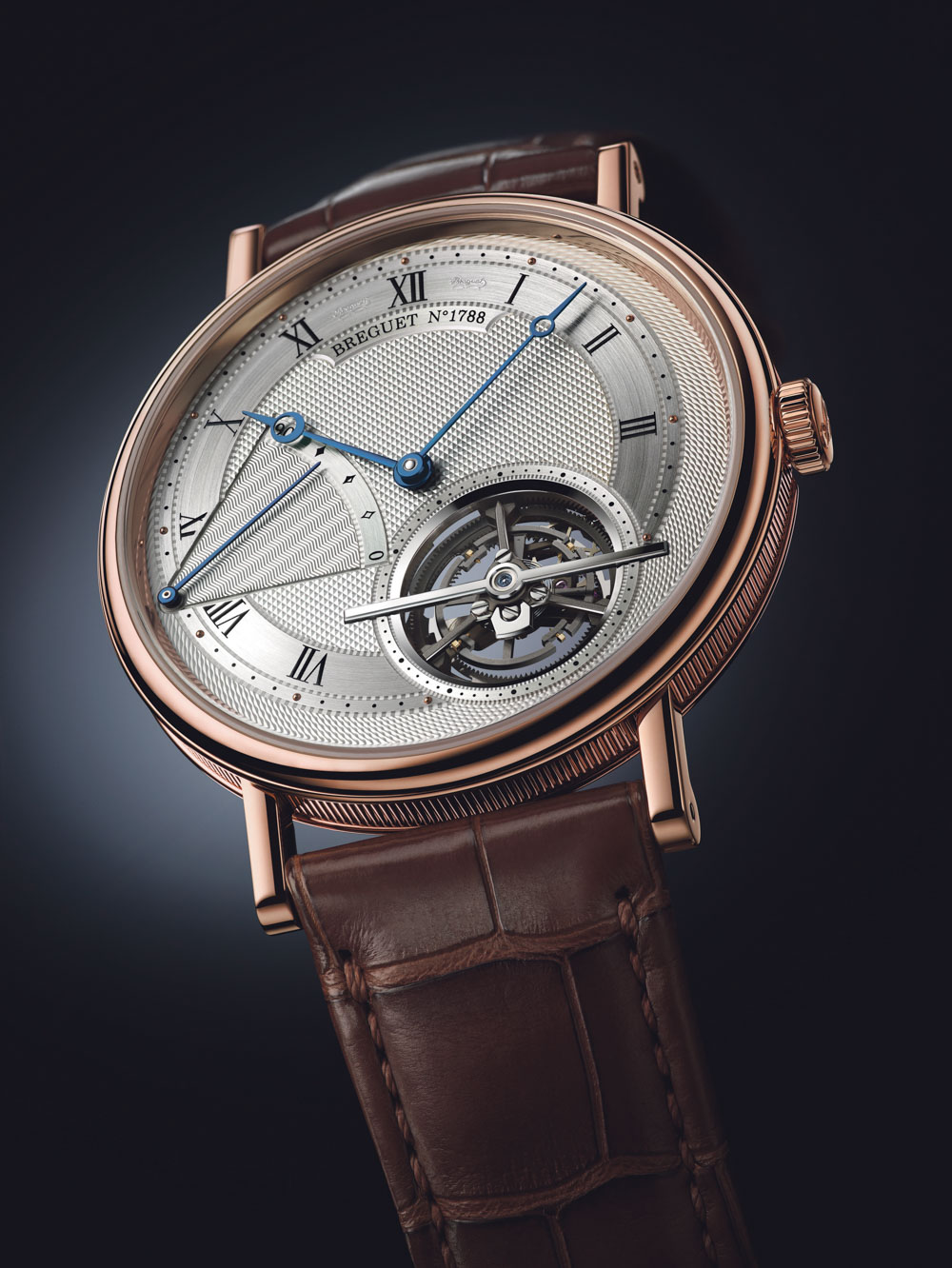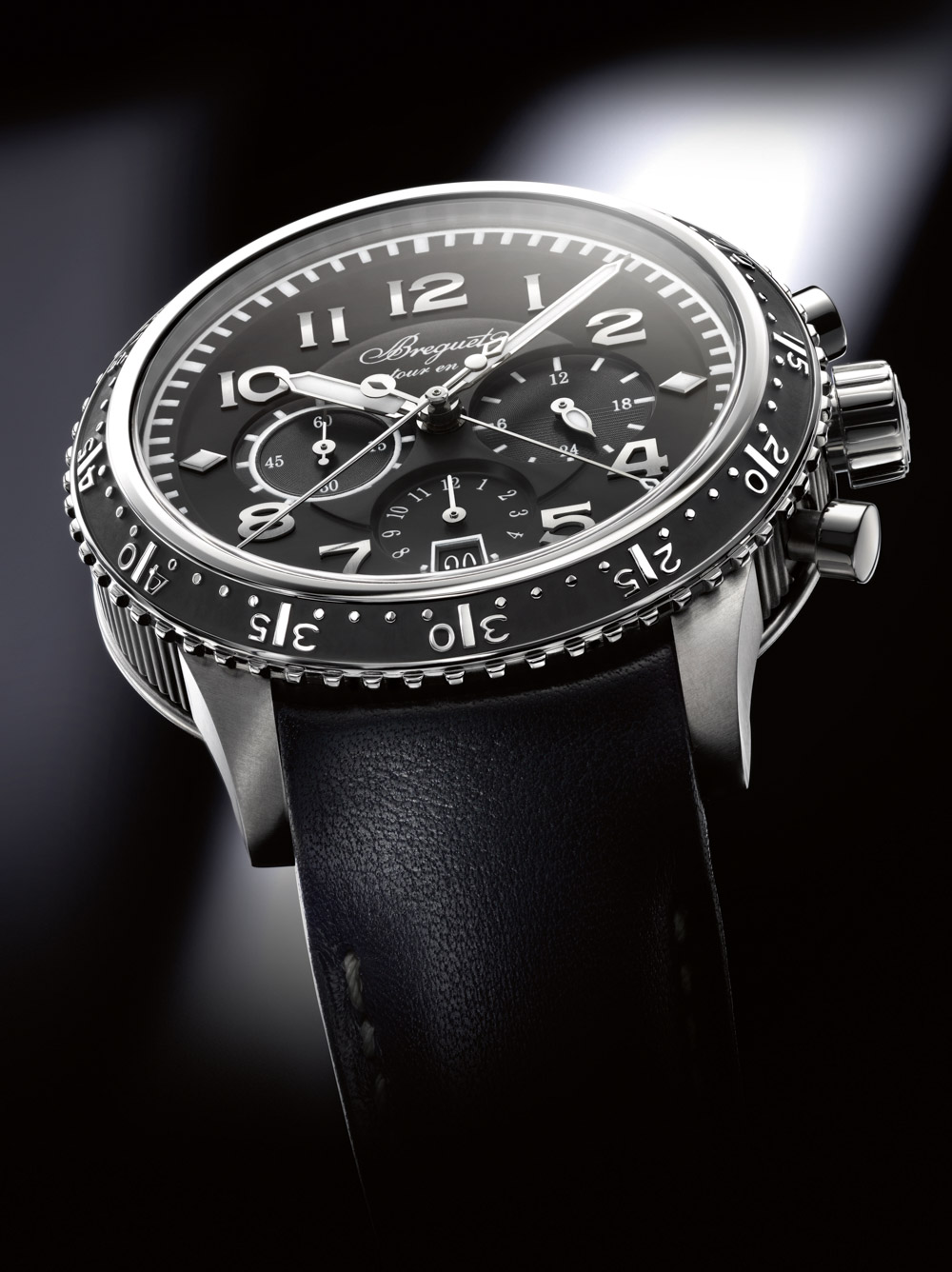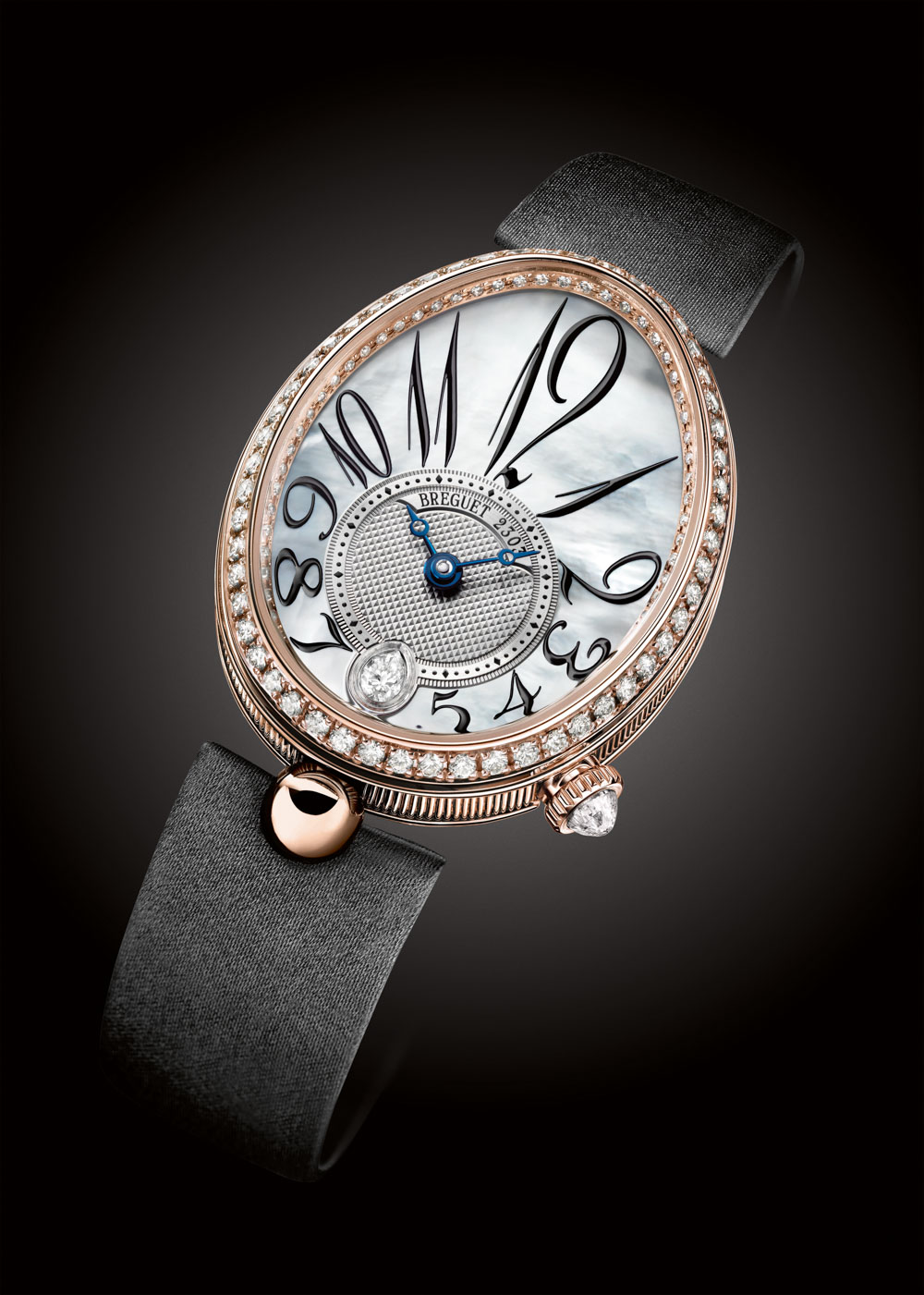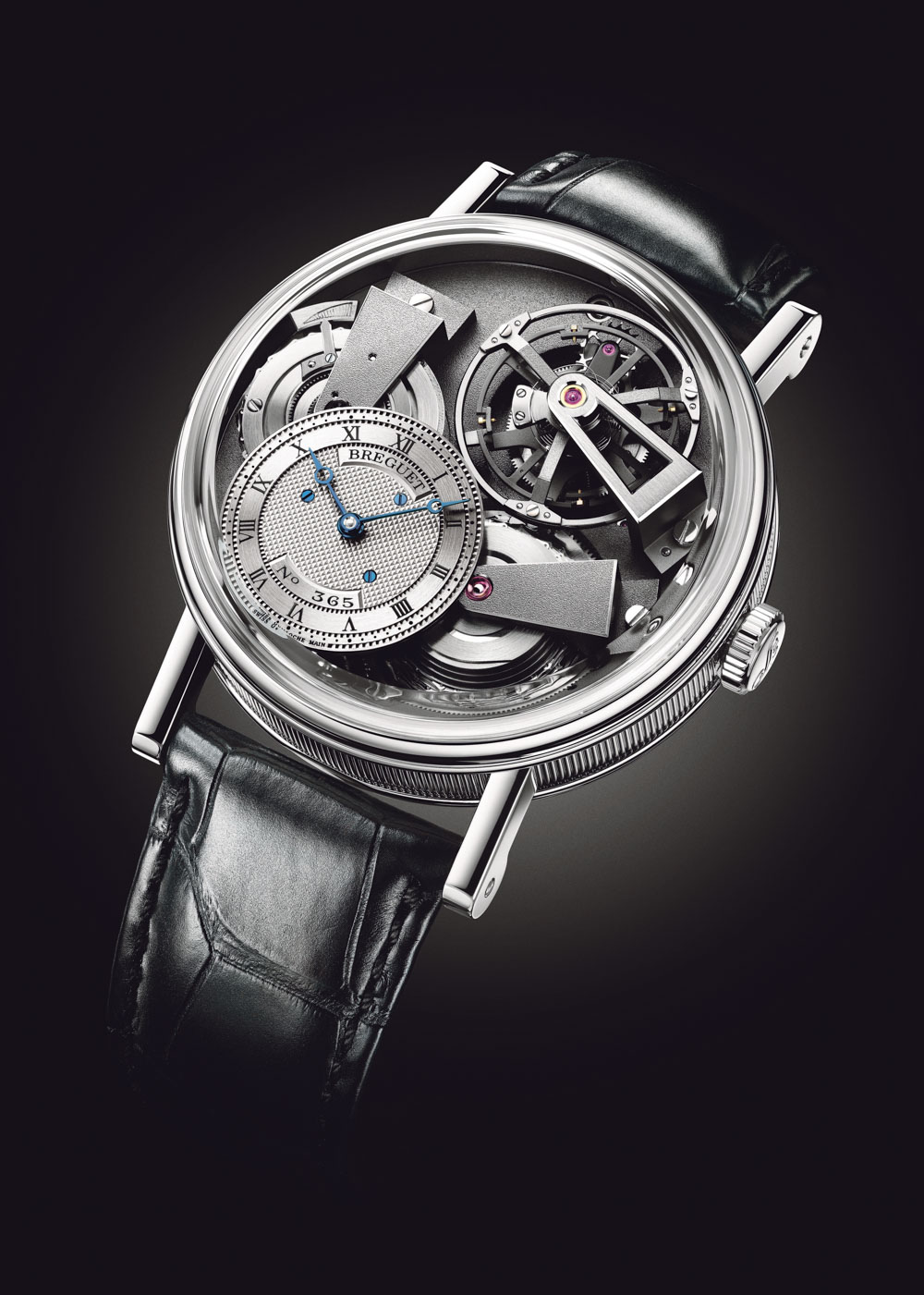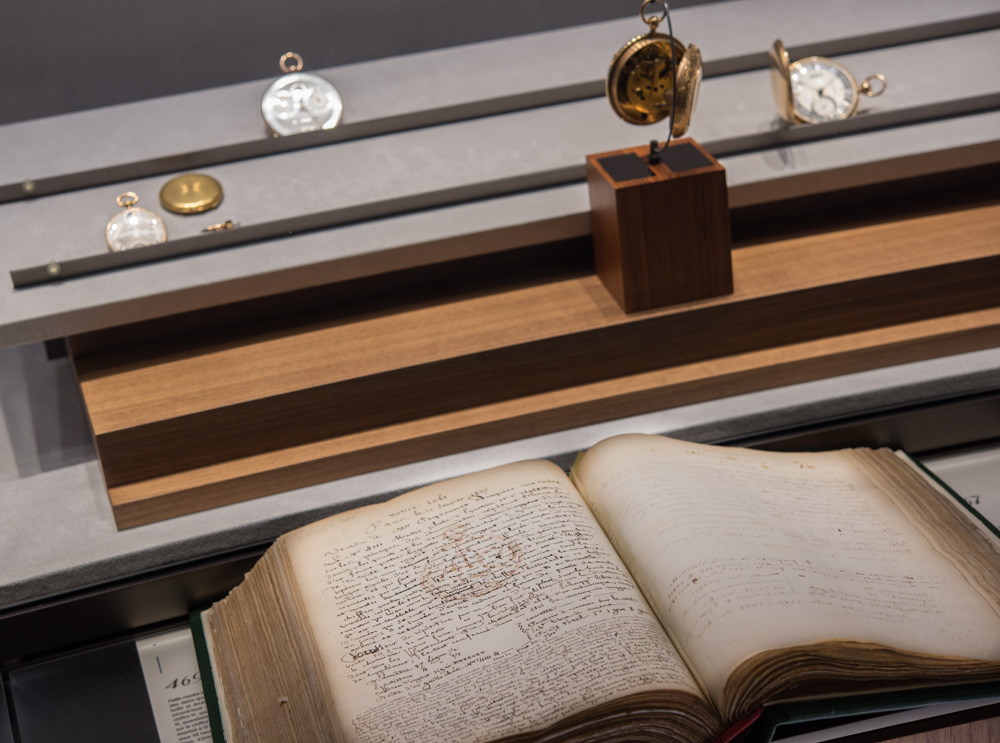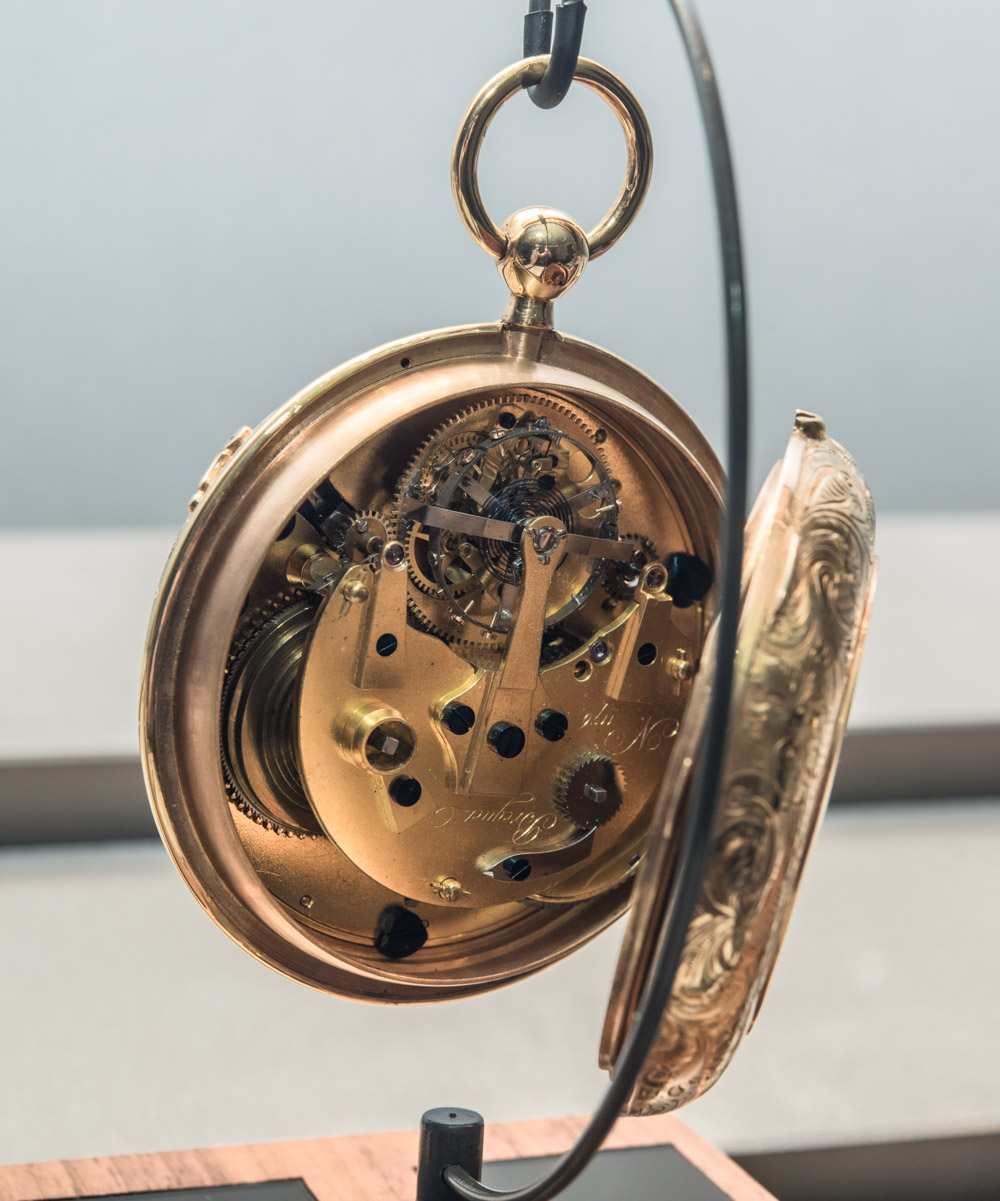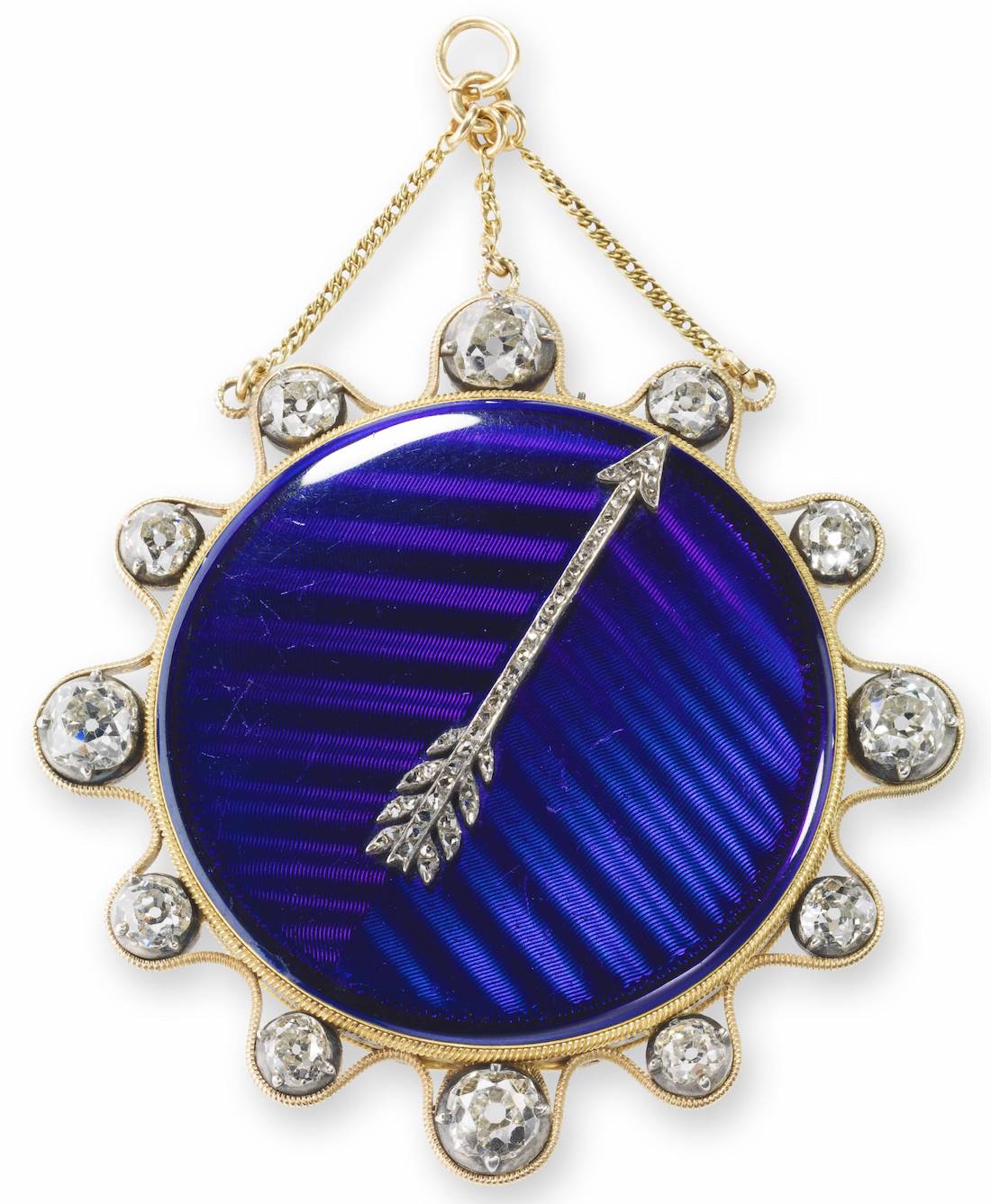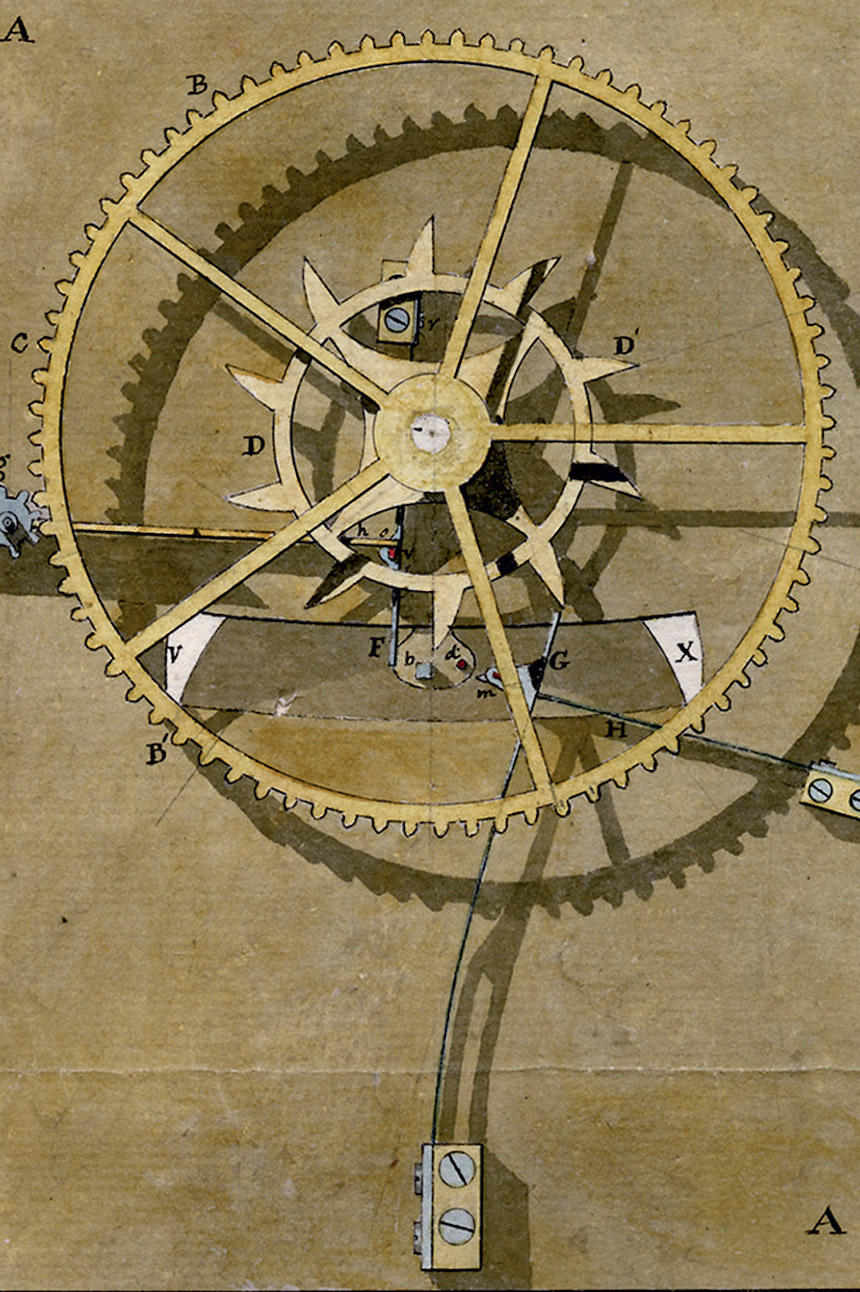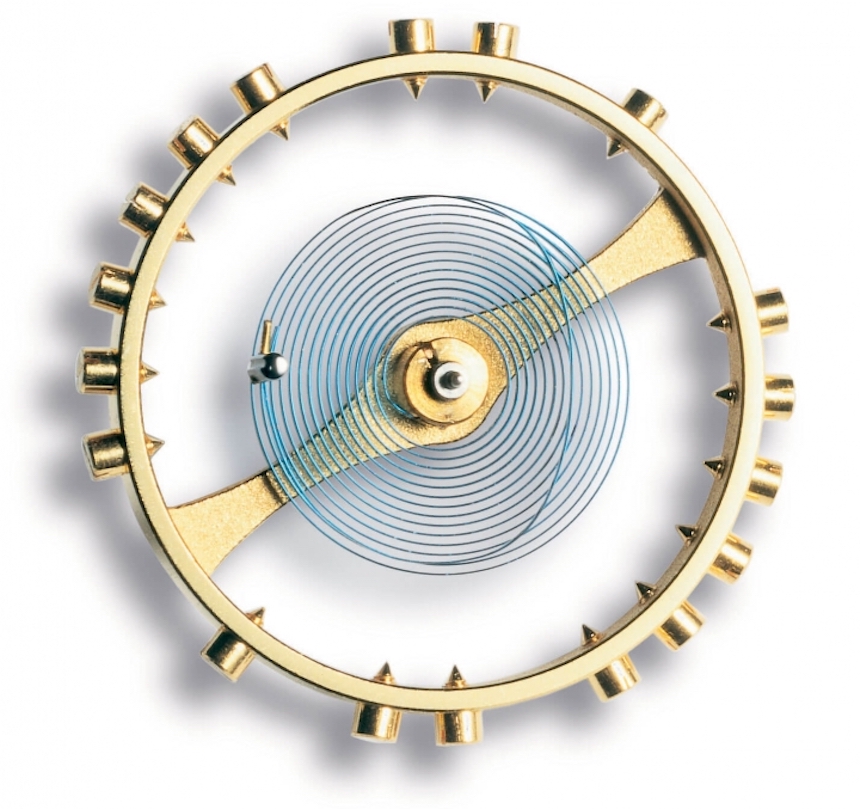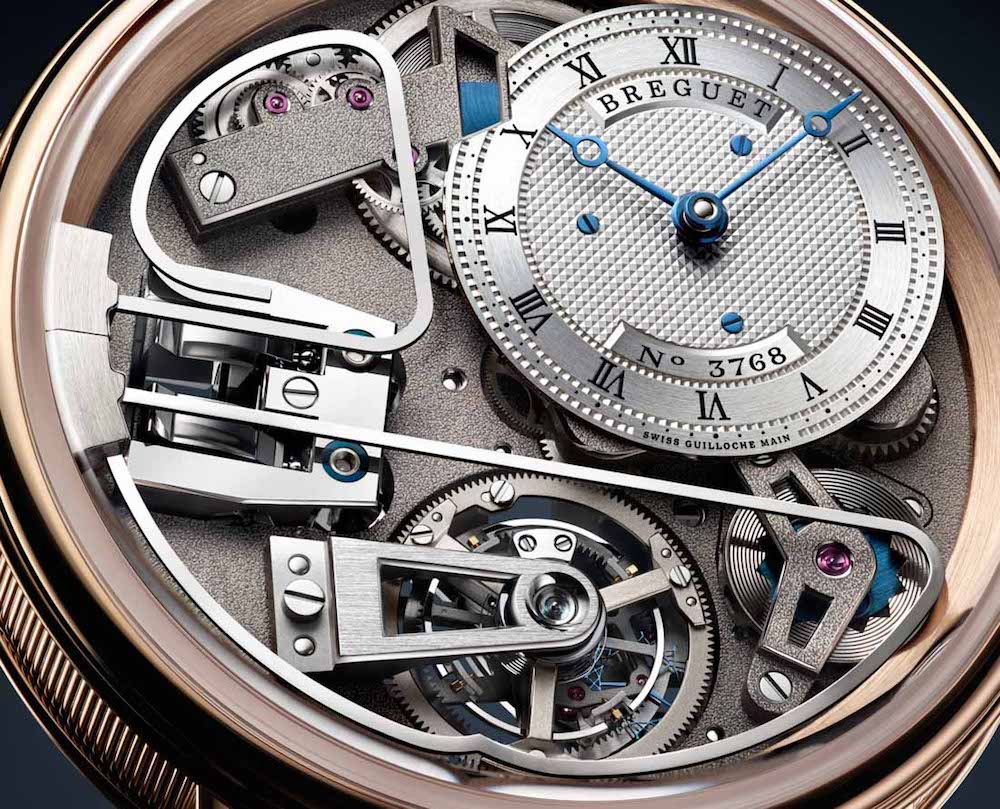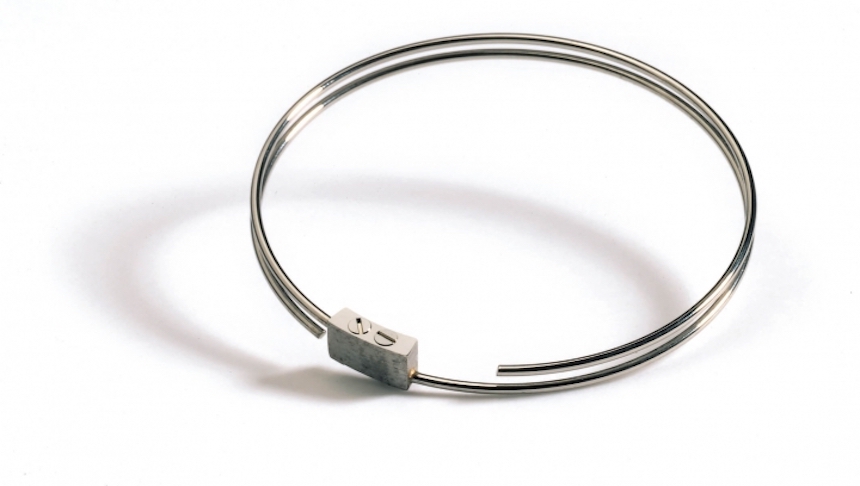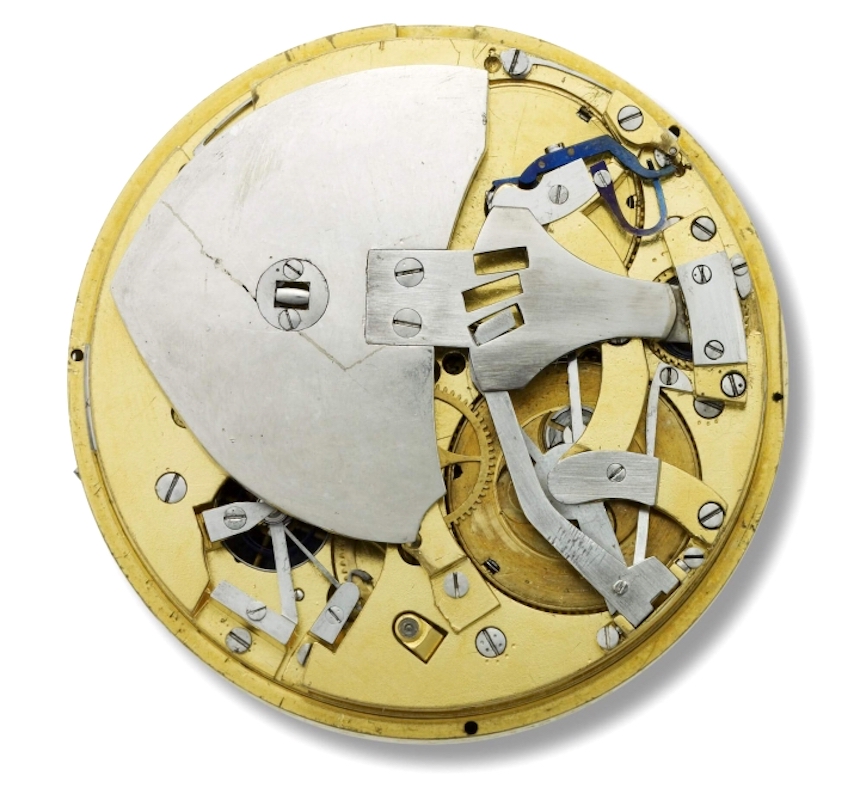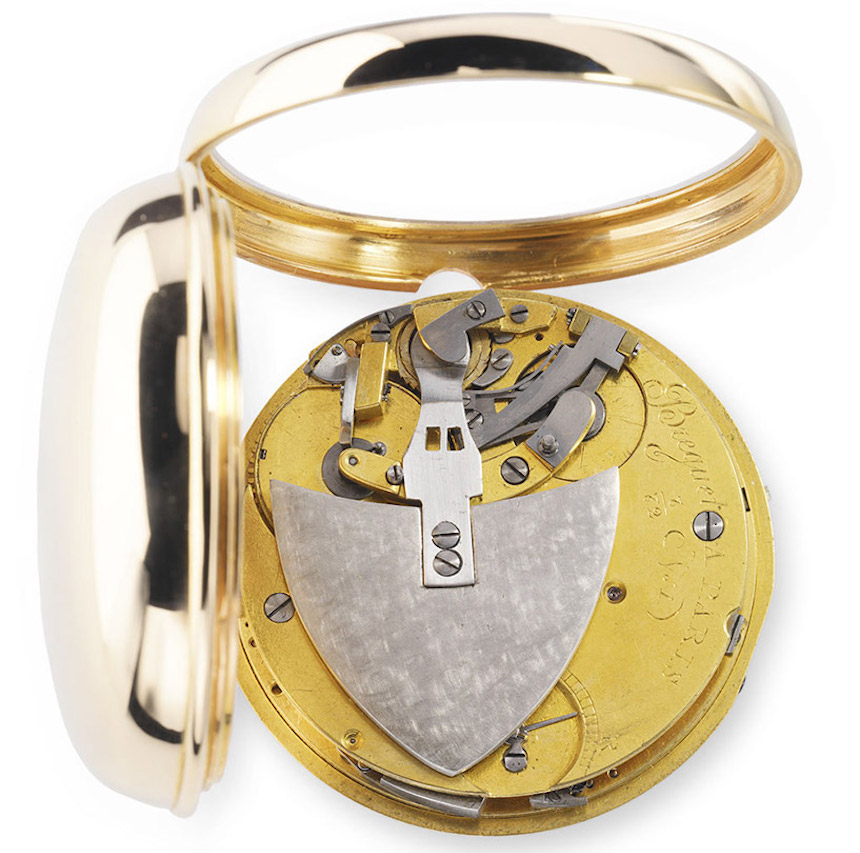
Breguet Manufacture In The 21st Century
We have looked at Breguet’s key contributions and absolutely remarkable inventions in the realm of horology. With that done, let us know take a quantum leap into the 21st century – we shall discuss the turbulent, but no less successful times of the Breguet manufacture after Abraham-Louis’ death in 1823 in a separate article – as there is so much to be said. For now, we’ll say that there can be no doubt whatsoever as to the invaluable contributions of Breguet to the world of horology. However, as plain and simple as that may sound, it nevertheless took a very long time for this legacy to fall into hands that could do something with it, make a venerable effort at paying homage to it, and – this being more difficult – to try and continue this legacy in the 21st century.

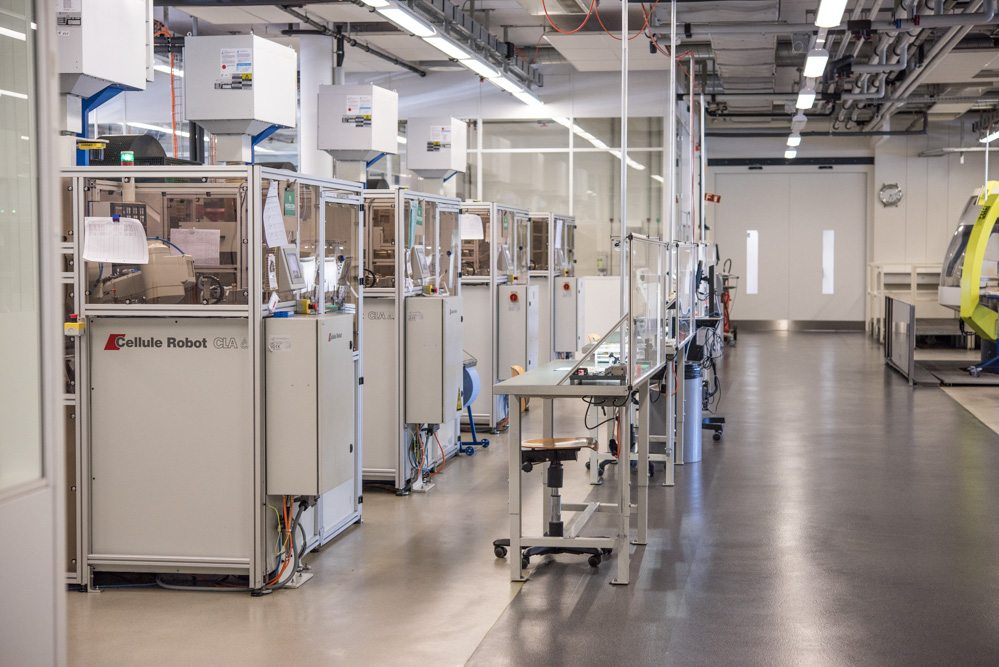
It was in 1999 when Nicolas Hayek Sr. purchased the rights to the Breguet name through the Swatch Group, taking it over from its owner at the time, Investcorp S.A. With this step, a new chapter started in the history books of Breguet, as the name started to enjoy the unfailing financial and technical support of the Swatch Group.

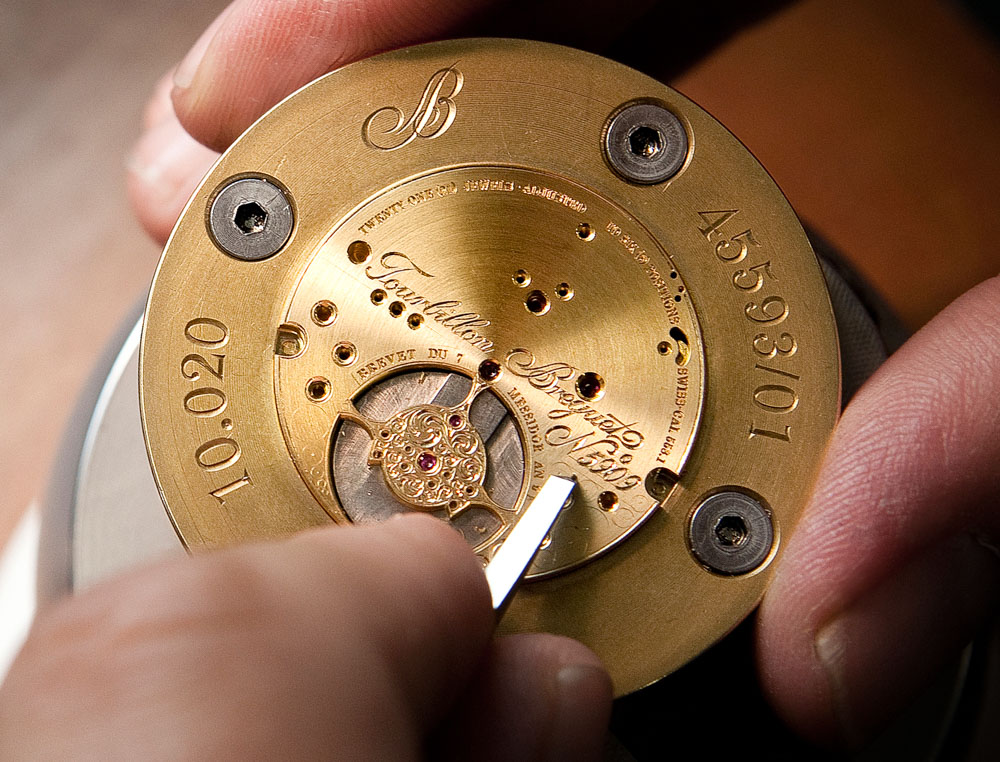
A key step in the transformation of the Breguet name came in September 2001 when the foundations for the new Breguet manufacture were laid. In truth, what happened was that the renowned watch movement maker Lémania had been acquired, remodeled, and largely expanded to now house the Breguet manufacture. Today, the factory is several stories high and covers thousands of square meters, capable of producing not only all major (and minor) movement components, but even the tools themselves which are needed to produce said components. No waiting for tool suppliers is necessary: the manufacture’s dedicated toolmaking facility can produce new ones and maintain old tools to keep manufacturing going.
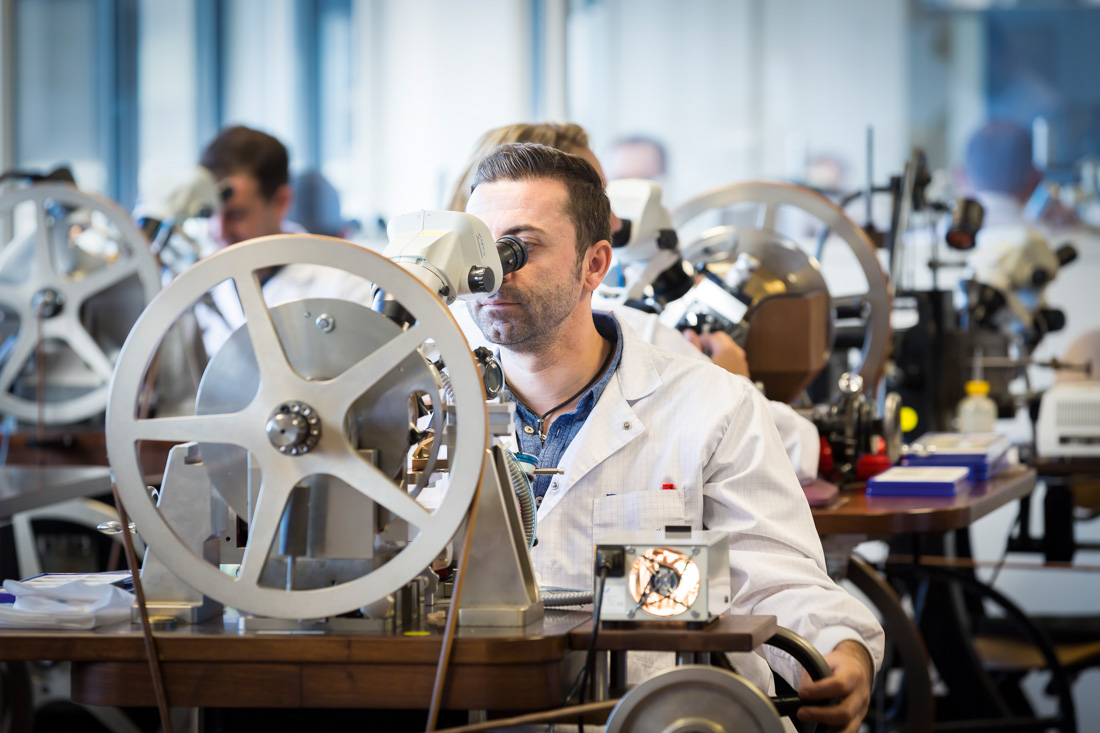
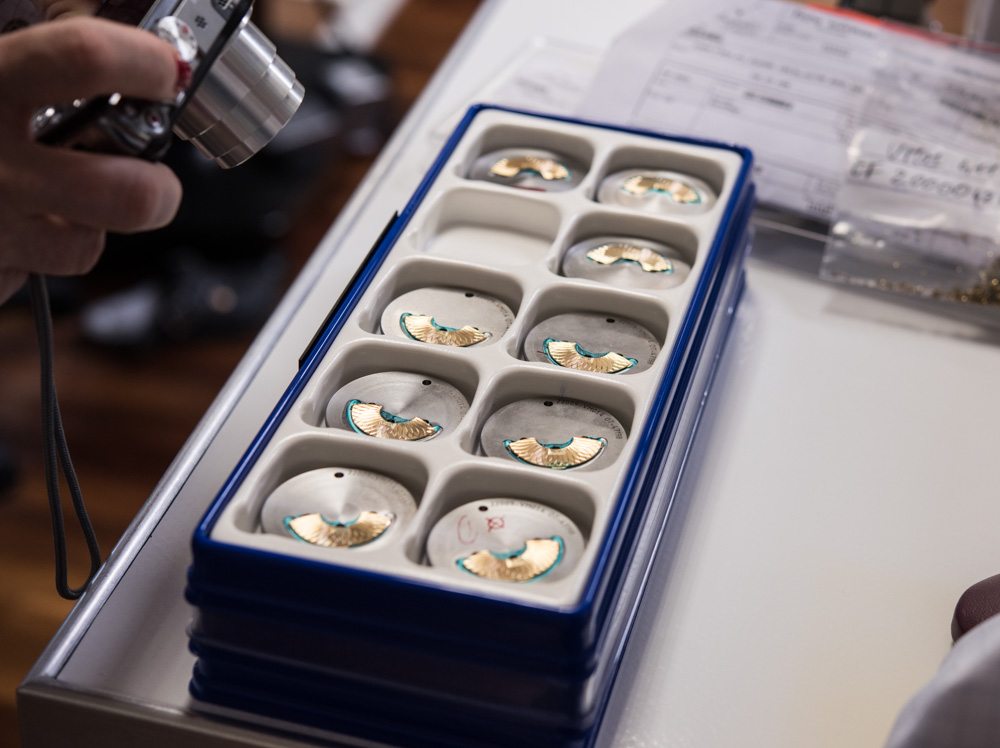
Probably the most important part of the manufacture is not the rather huge rooms packed with stratospherically expensive CNC machines, no, it is rather the room all the guilloché engraving work for Breguet dials, automatic winding rotors, and cases happens. The term guilloché refers both to the technique and the machines used: this several-hundred-year-old finishing/metal-decorating technique is made possible by large, hand-driven machines that weigh hundreds of pounds each, and the fine and remarkably intricate patterns they cut into the surfaces of watch dials simply cannot be reproduced by stamping or CNC machining.
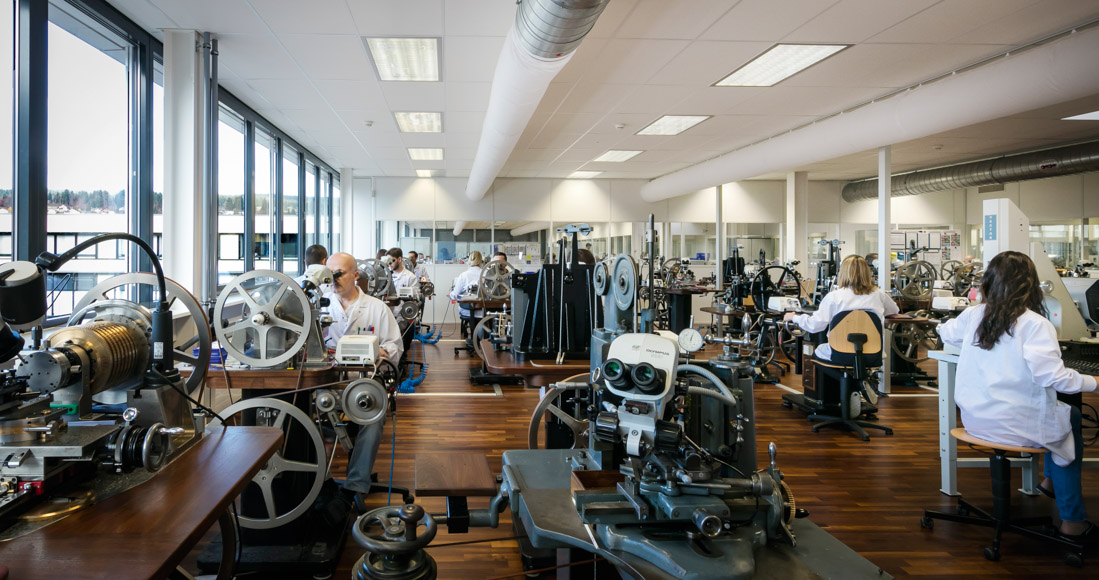
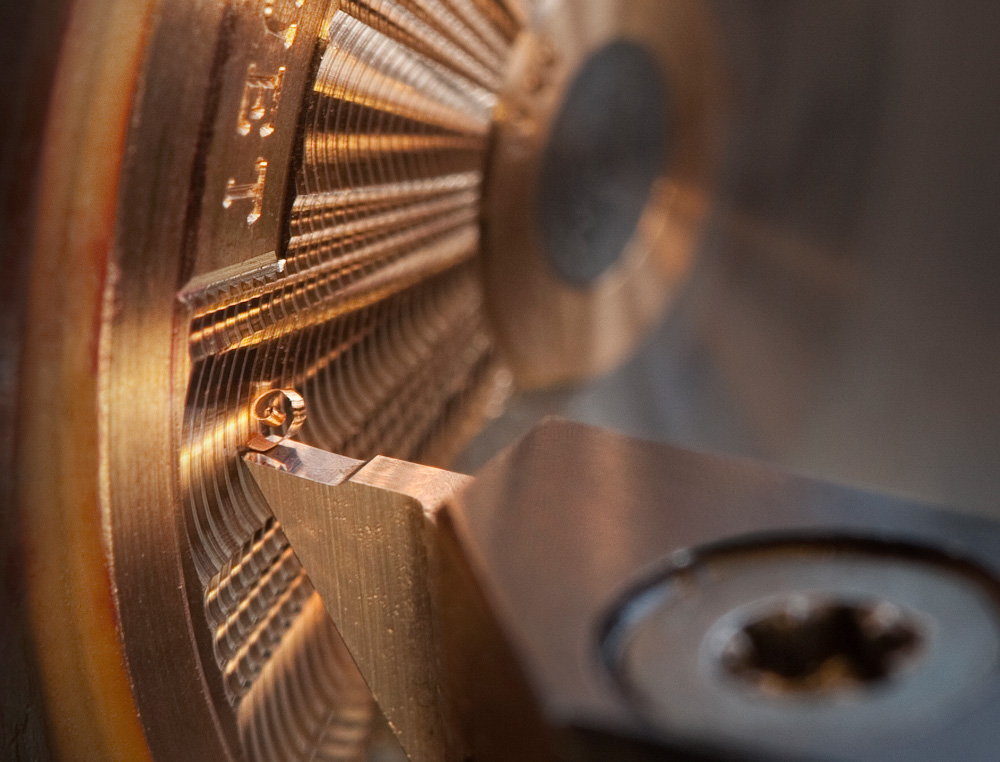
The guilloché machines use large rosettes that look like oversized coins (at least 10-15 inches wide): these wheels have an uneven periphery which are traced by a series of cams and arms, only to be then translated into the back and forth movement of a tiny and very sharp engraving pin. This pin is what cuts into the surface of the dial, rotor, or case, removing varying amounts of material to create subtle (or not so subtle) grooves which reflect light in an inimitably intricate way.
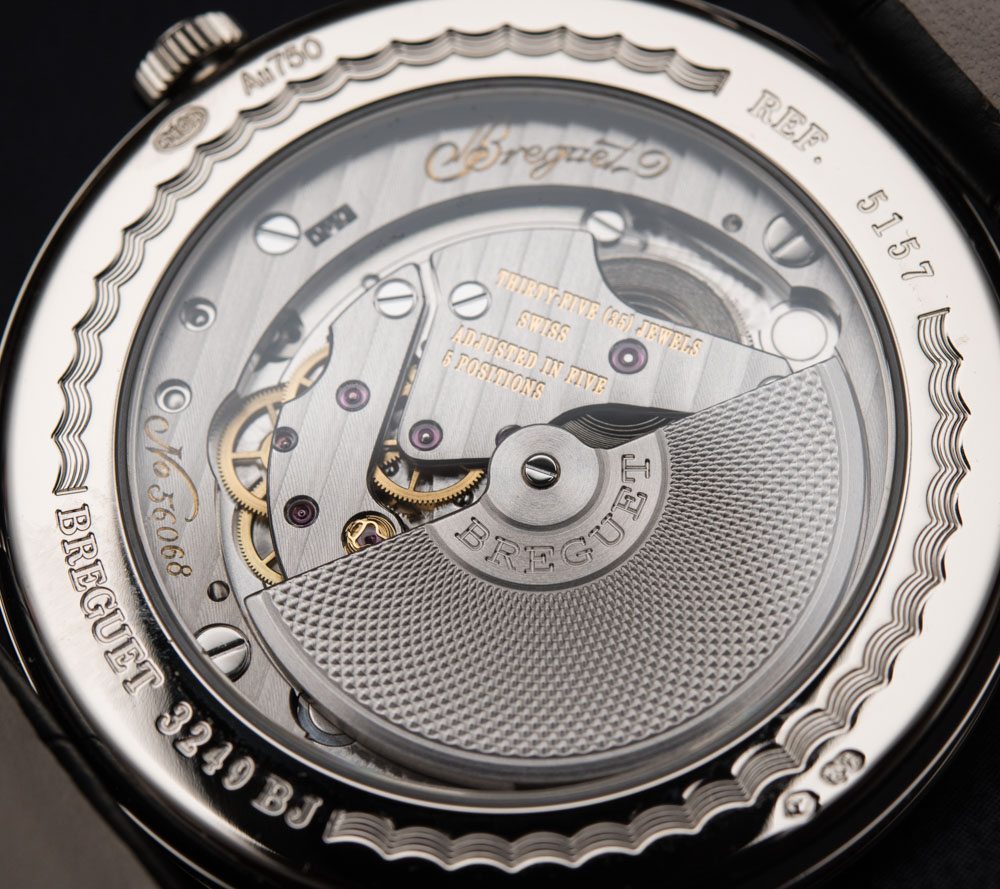
The engraving pin is pressed onto the workpiece by one hand – applying a perfect amount of pressure is key, while the other hand is used to drive the machine by rotating an arm and, with it, the workpiece around its axis. As the pin moves back and forth and the workpiece rotates, the grooves are cut into the surface. As most often is the case: as simple as it sounds, as difficult it actually is to master.
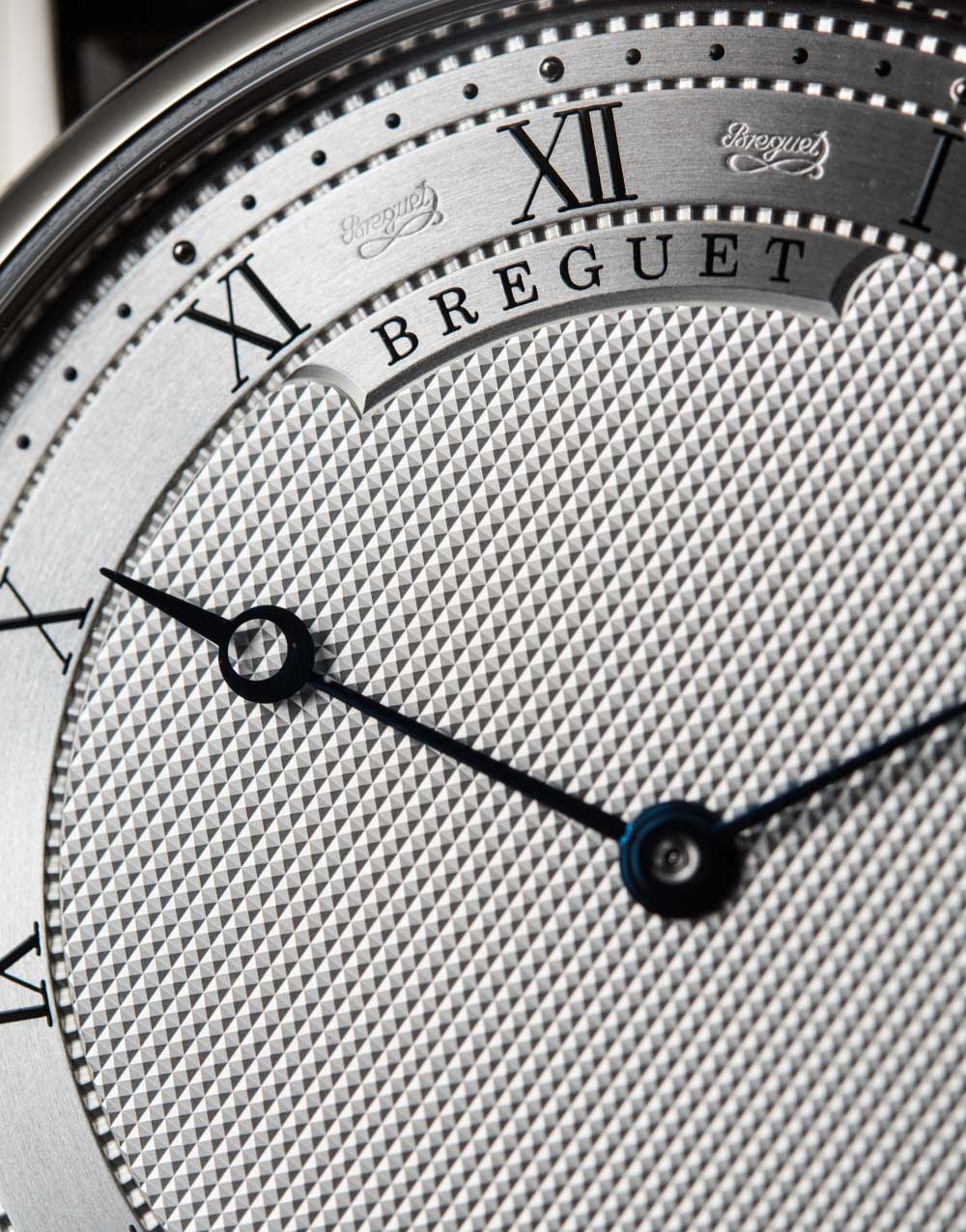
Having seen guilloché decoration be such a key design element in the majority of Breguet watch collections, I was curious to see if the brand actually produces these parts for itself, or outsources them. Frankly, I was expecting to see a few machines, enough to show off to visitors and to make the most complicated pieces… and so I was pleasantly surprised to see such a large room with a few dozen guillocheurs working on simpler and more complex dials and rotors. A guilloché dial is as essential a Breguet design element as are the serial numbers shown on the dial – and to see them made in-house was certainly both refreshing and reassuring.
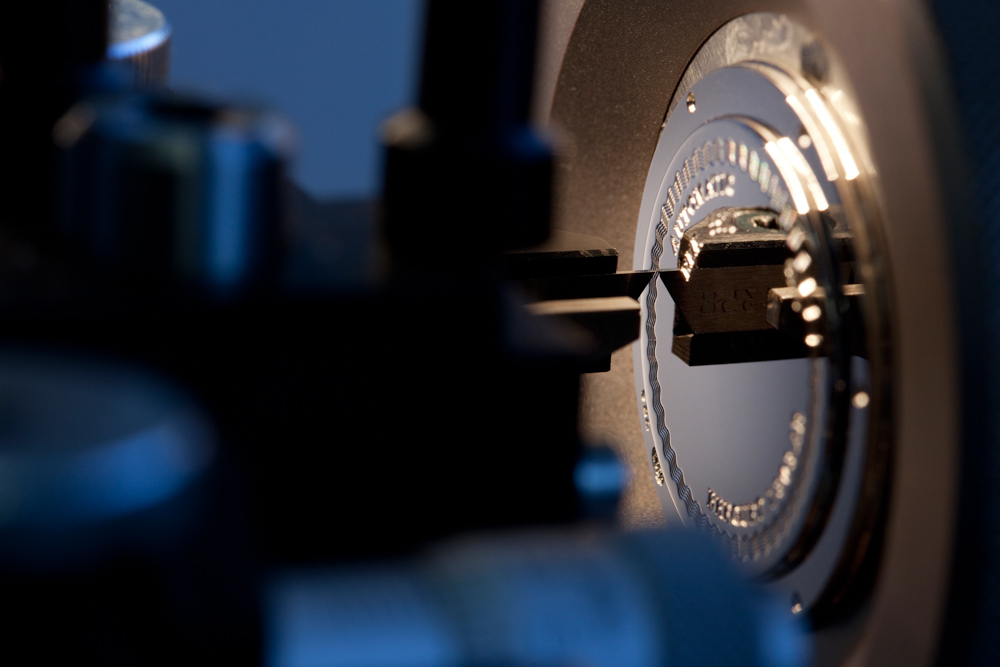
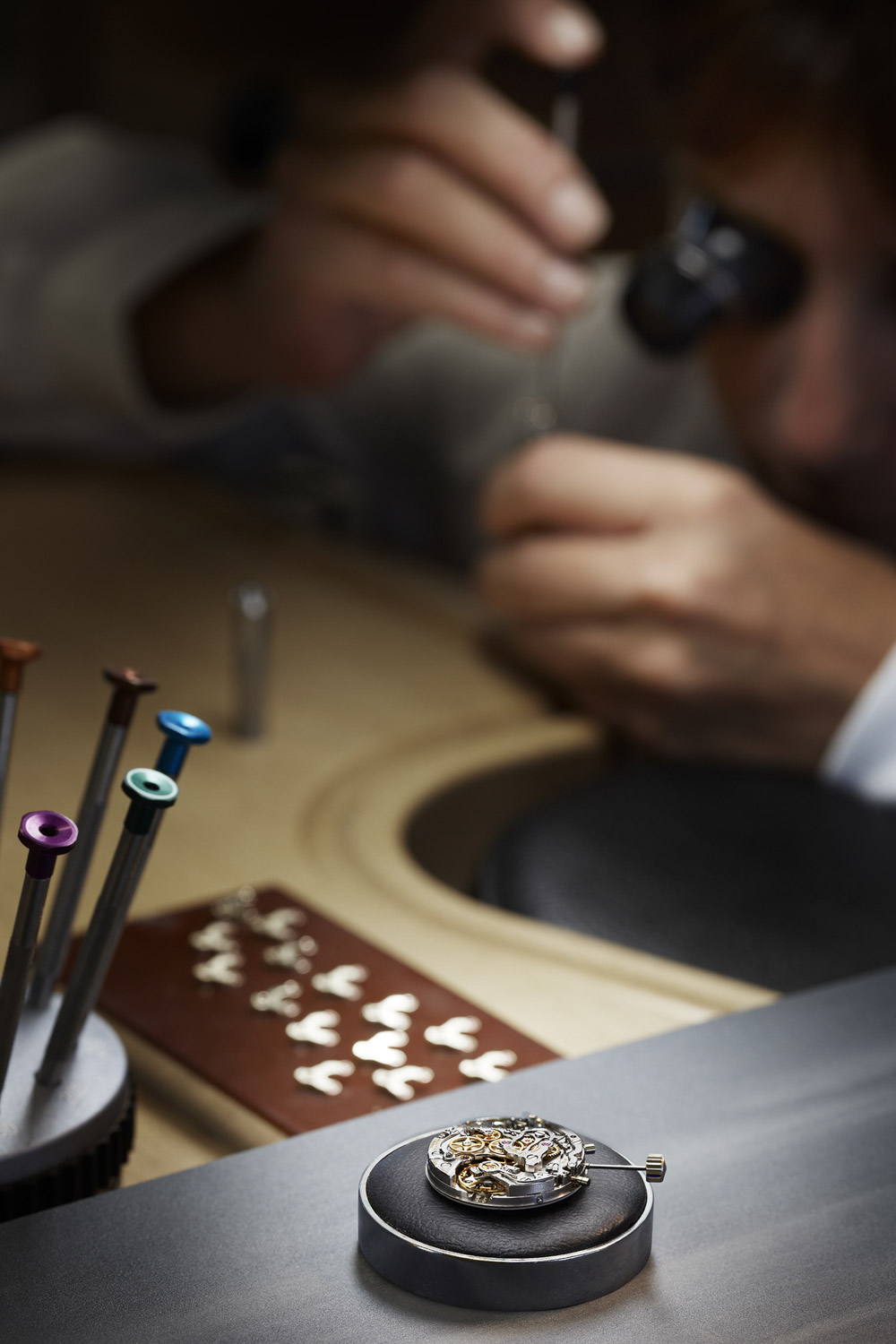
In all fairness, one thing to mention is that we wish the establishing of the manufacture did not come at a cost of killing off the Lémania name pretty much completely by now – we wish that Breguet could have become the super capable manufacture that it is today, while we continued to enjoy Lémania movements in a wider range of new watches. The case of the big shark and the small fish, for sure – but, to ease our minds, we’ll say that the remarkably capable Lémania manufacture has been expanded and put to good use by turning into the powerhouse that Breguet is today.
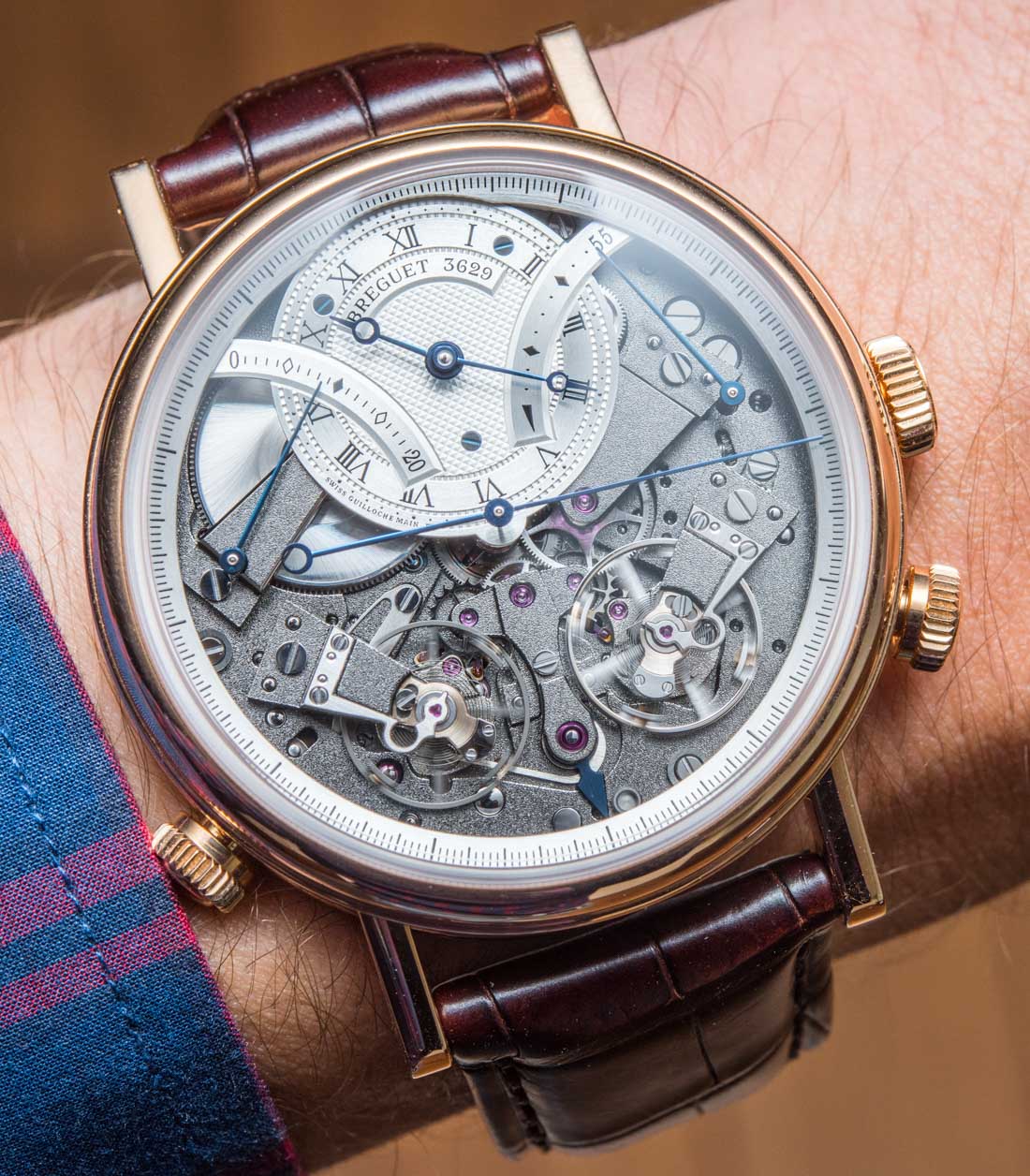
Following traditional manufacturing techniques is one thing – and something that does suffice for a lot of traditional watchmaking brands with great heritage. Abraham-Louis Breguet, however, as we have seen, created and left behind a different kind of legacy: one fundamentally based on innovation. When I look at a new Breguet piece – speaking of the more high-end stuff where this is a more reasonable expectation, I look for innovation, and especially the kind that harnesses (and does not turn away from!) the latest technologies to create new mechanical solutions that in one way or another offer something totally new and technically awe-inspiring.

These designs and technologies – as I see it, with Breguet’s history on my mind – have to be a bit crazy and unexpected, not your usual safe play of adding yet another axis or making it one tiny bit thinner. So far, the brand has done a commendable job at pushing the limits of what is possible, even if that usually, though not always, comes at a cost of six-figure prices. From recent years, a prime example would have to be Breguet Tradition 7077 Chronograph Independent (seen in images above and hands-on here). With two balance wheels, the right one for hours and minutes running at 3 Hertz, and the left one running at 5 Hertz for up to 20 minutes for the chronograph, it displays a movement design and functionality that is a nice follow-up to the historical pieces by the original creator.
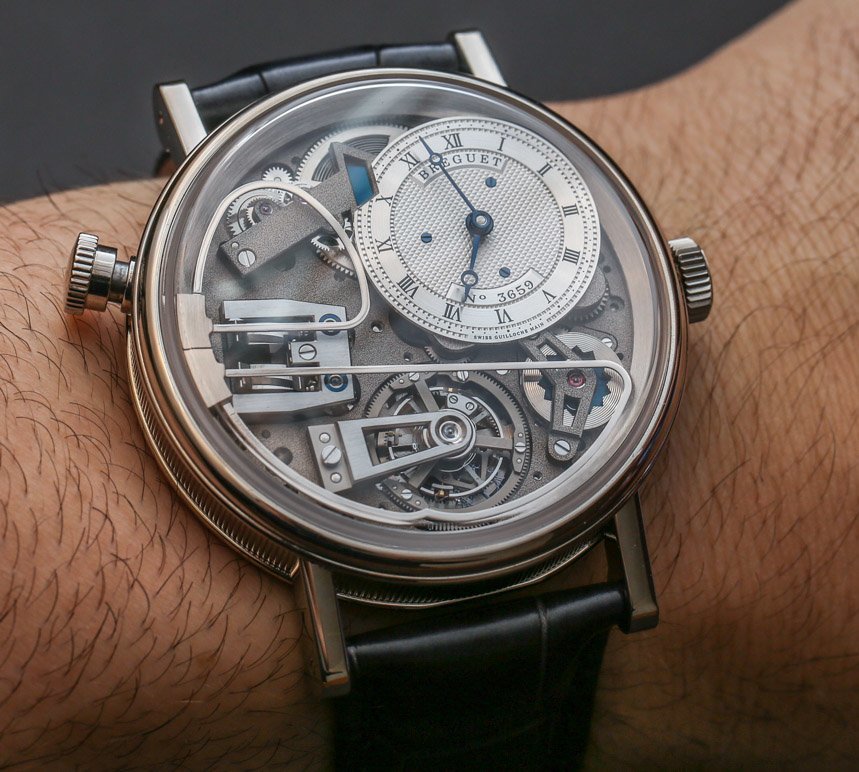
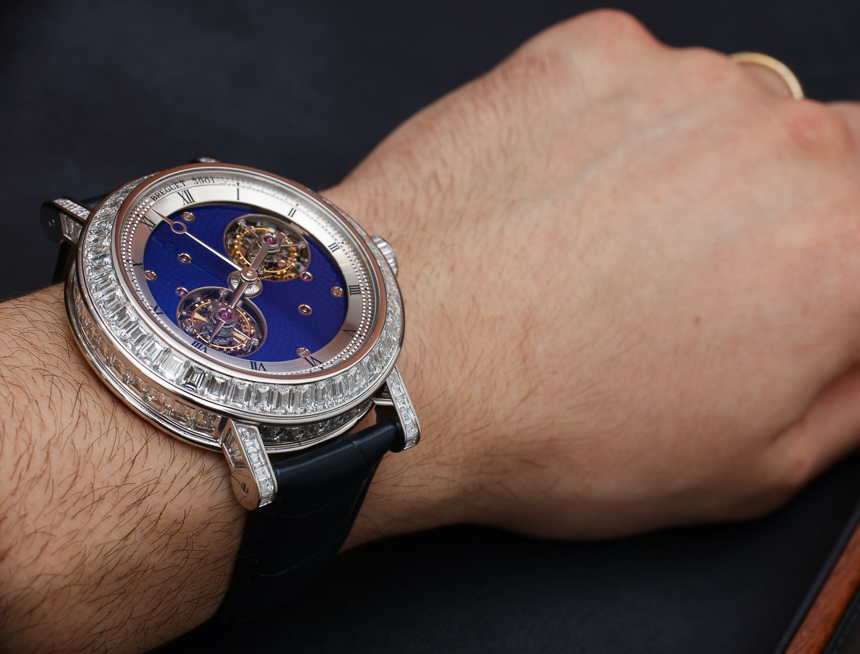
Other noteworthy pieces include the Breguet Tradition Minute Repeater Tourbillon 7087 (seen one above, hands-on here) or the 5349 Double Tourbillon (hands-on here), where the entire dial and with it the two tourbillons rotate once every 12 hours, with the blued tourbillon bridge serving as the hour hand. Yes, it’s dripping with diamonds and that may not be so appropriate – but Breguet himself often proved to not shy away from fulfilling special design requests.
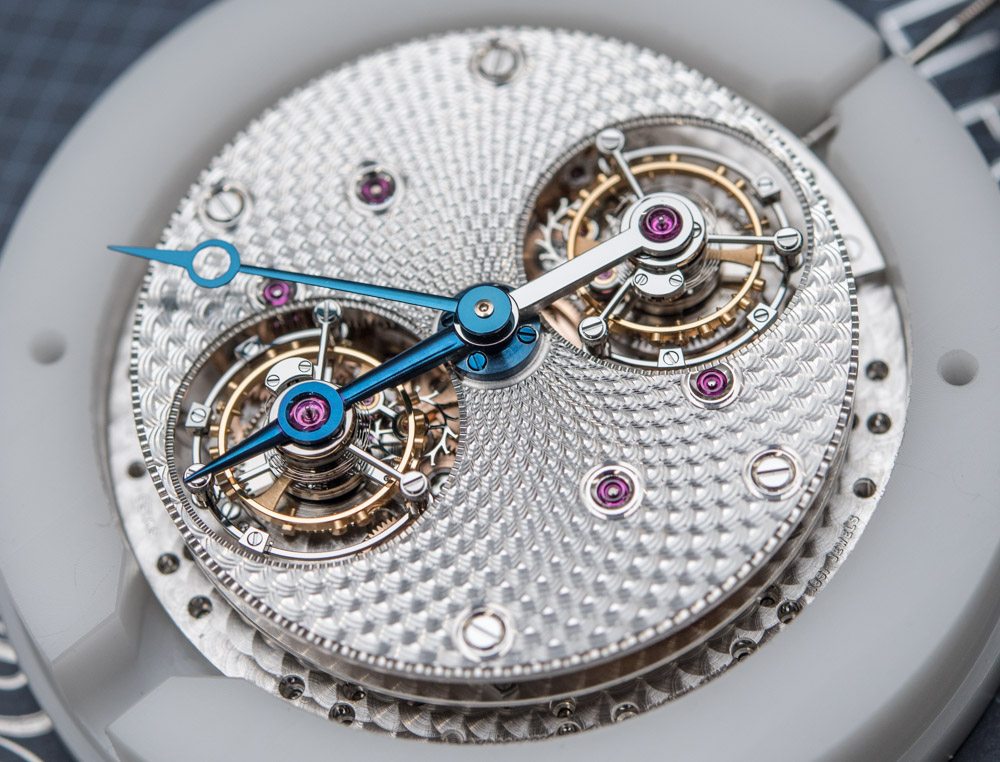
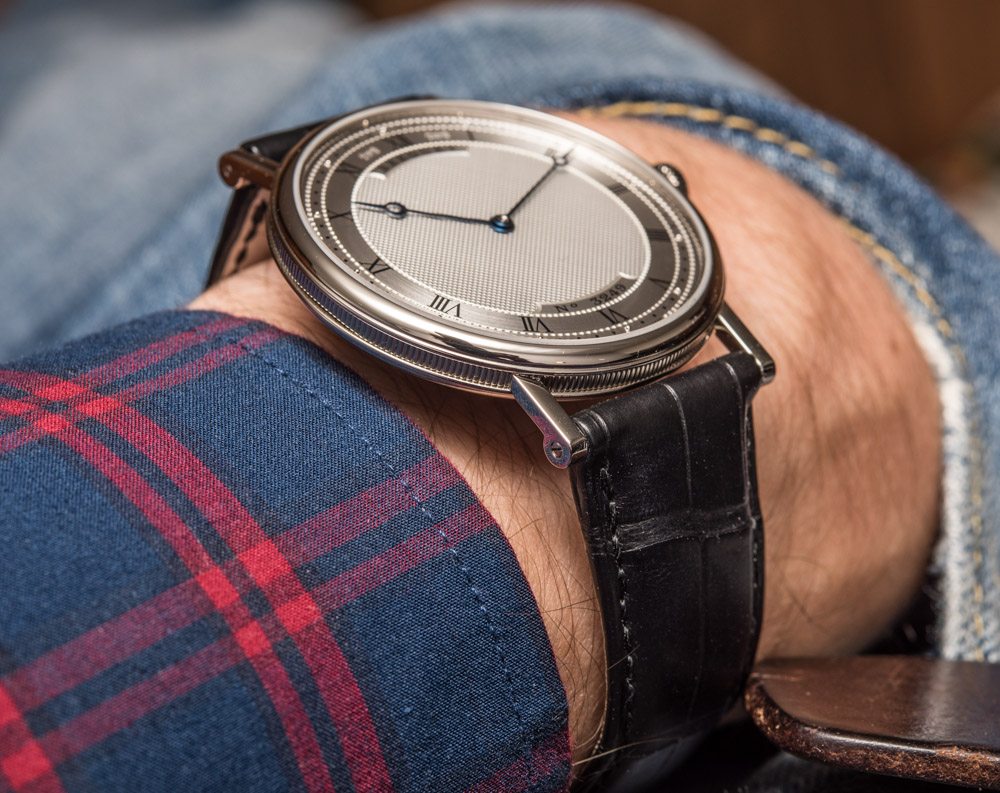
The list goes on to include more special tourbillons, minute repeaters, chronographs, extra flat movements with peripheral winding rotors, high frequency escapements, and so on (pretty much all of which we have covered here on aBlogtoWatch). Since its revival in the early 2000s, the Breguet manufacture has been tirelessly trying to release both technically and aesthetically bold, but not inconsistent pieces – a challenge now is to maintain the momentum.
The Breguet Boutique & Museum You Really Have To Visit When In Paris Or Zürich
In select Breguet stores you will find Breguet Museums – sounds over the top, but the name actually is more than justified. Free to visit and open to the public, on this trip with Breguet we visited the Breguet Museums found on the upper levels of the flagship Breguet boutiques in Paris, on Place Vendôme, as well as the one in Zürich, on Bahnhofstrasse. Most of the images of archive pages and of historical pocket watches in this article were taken at the Museum on Place Vendôme.
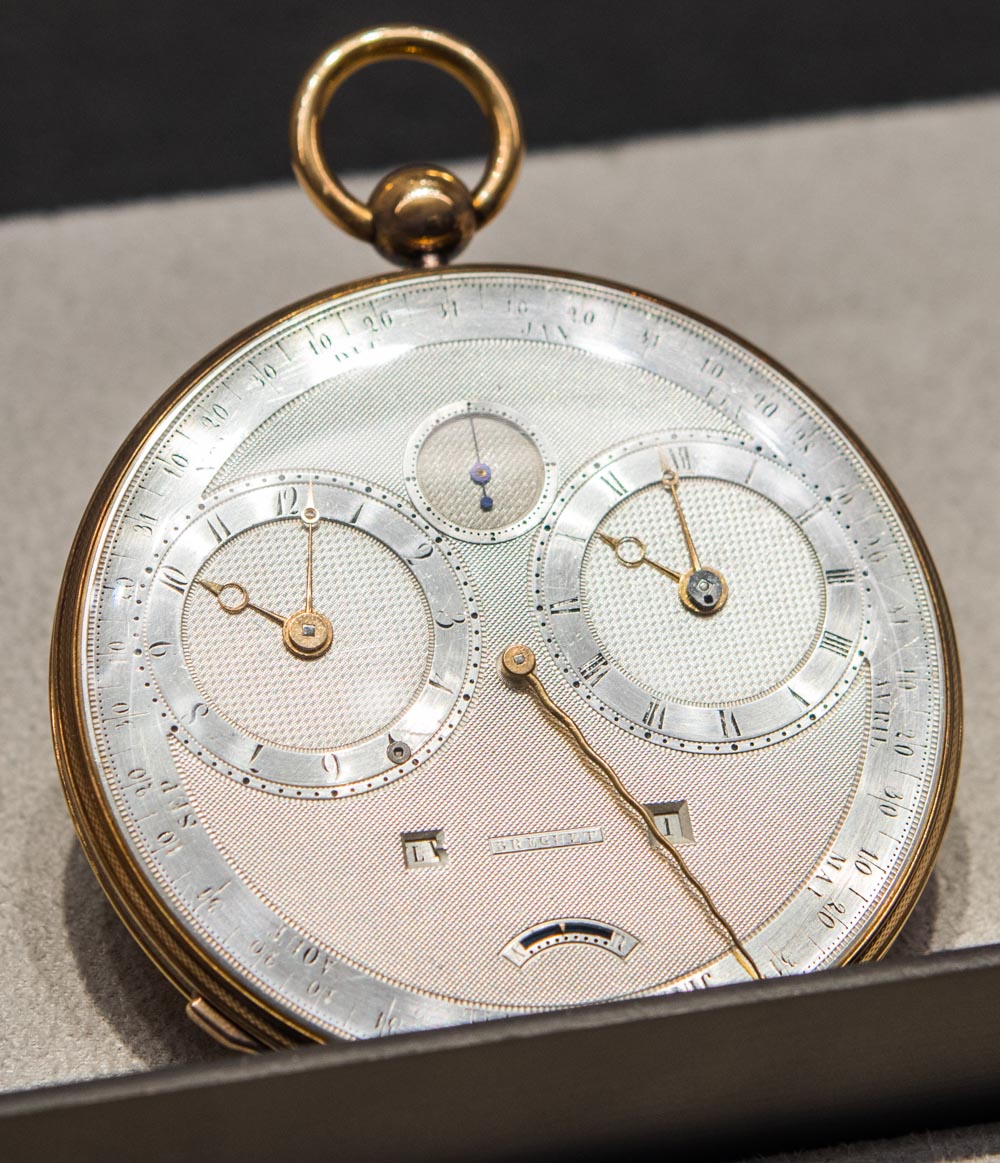
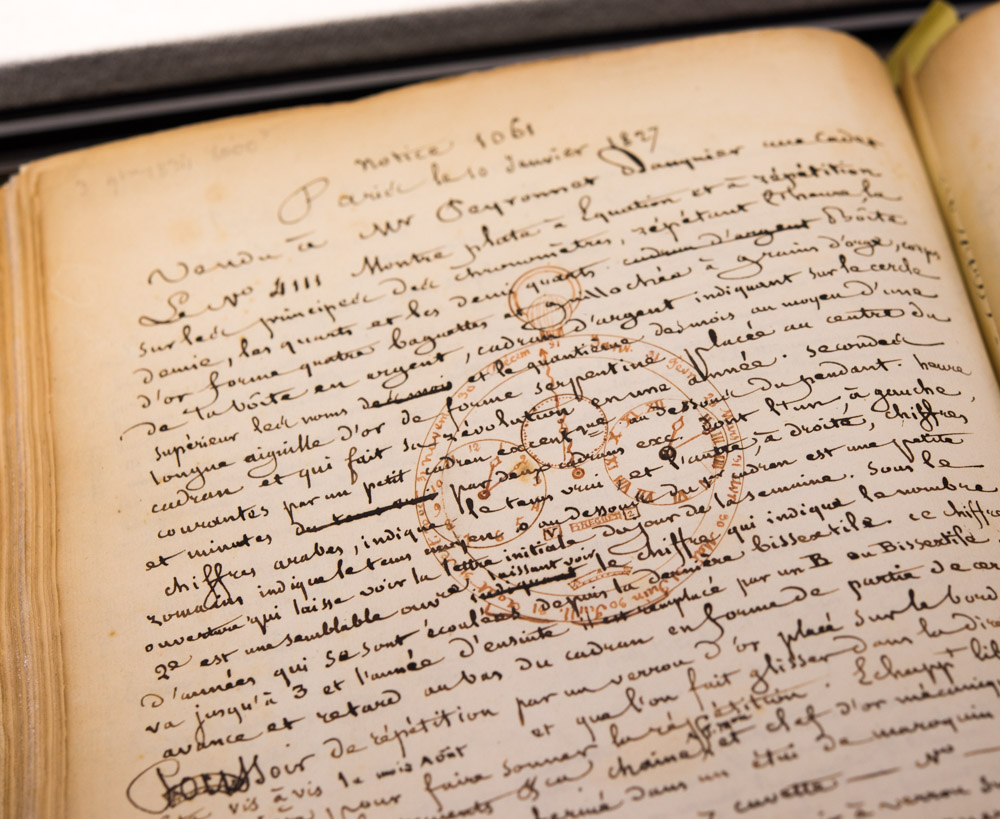
Hand-written original Breguet archive to go with Pocket Watch No. 4111 (pictured directly above), featuring drawing in the center
The incredibly cool (and super rare) stuff you can find here includes a large portion of original Breguet archives – most of these are tucked away inside a safe, but some original segments you will find on display, as they go with the watches on show. A fantastic example would be this Breguet Pocket Watch No. 4111: visiting the Paris Breguet flagship boutique with a very special tour guide, Emmanuel Breguet – 7th generation, direct descendant of Abraham-Louis Breguet and the brand’s Historian – I randomly selected this pocket watch, and he kindly opened one of the archive books only to find in it the original hand-written page that described the piece, its functions, as well as to whom and when it was sold. If you have a keen eye for details, you’ll see that the following page has been cut from the book: that is because each entry was done twice, one page was to stay in the book, the other was handed over to the customer to serve as an “owner’s manual,” receipt, and letter of authenticity.
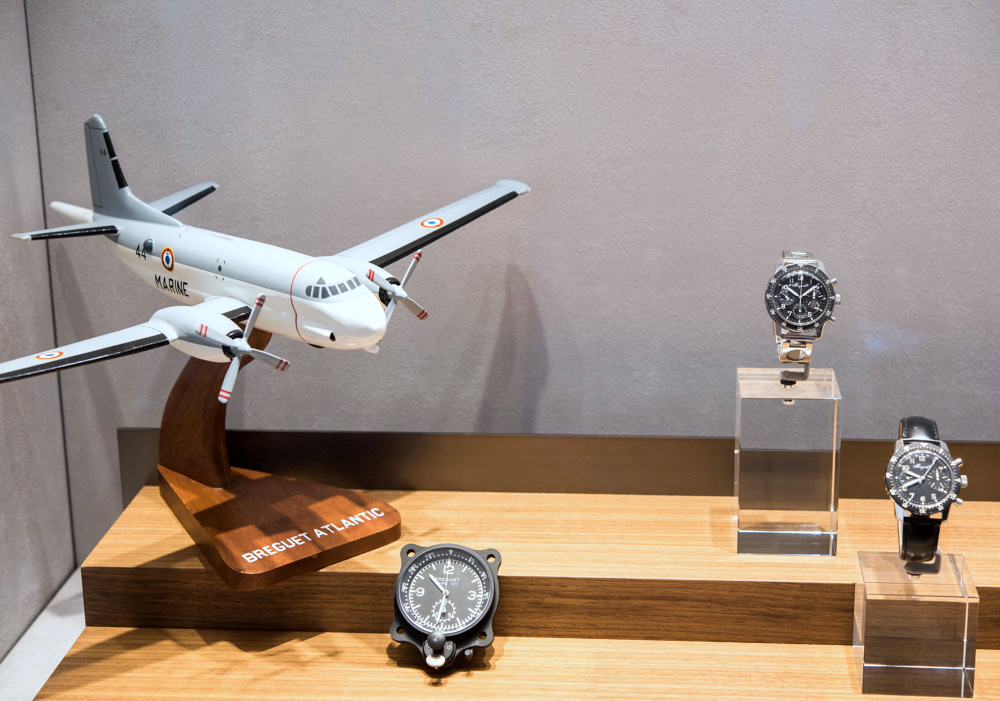
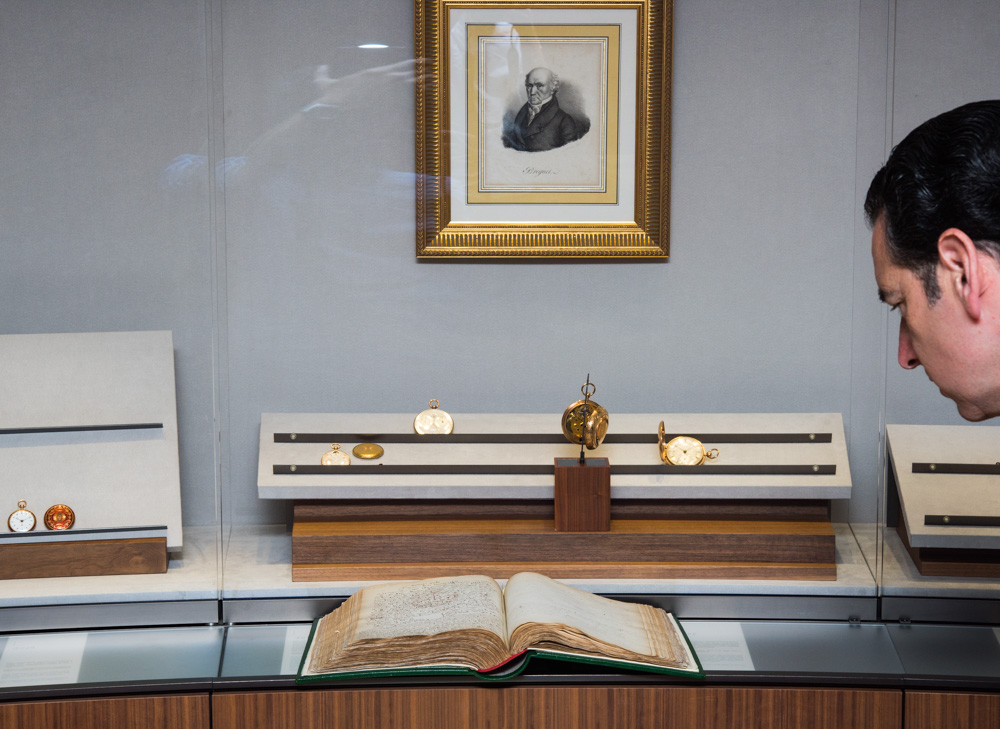
A portrait of Abraham-Louis Breguet overlooks the Breguet Museum on Place Vendôme – as his 7th generation direct descendant and Breguet historian Emmanuel Breguet checks something quickly in one of the archives
Both the Breguet flagship boutiques in Paris and in Zürich that we visited had a remarkable selection of invaluable and incredibly rare pieces from all eras of the company, including original Abraham-Louis Breguet pieces, watches from the company’s later years, as well as original pilot watches and complicated wristwatches from different times of the 20th century… plus, of course, you’ll find pretty much every modern high complication and a lot of grand complications (!) in stock. You really shouldn’t miss the free Breguet Museums when watch shopping in Paris or Zürich.


Today, the Breguet name lives on in the brand’s manufacture in the Vallée de Joux, in the Museums and archives so safely guarded by Breguet’s present owners and leaders, and last but not least, also imprinted among the names of world renowned scientists, authors and noblemen on the side of the Eiffel Tower (though the name there is of Abraham-Louis’s grandson, Louis-Clément, who also worked at the Breguet manufacture in the 1800s). With so much history to respect, consider, and live up to, this broad and in-depth look into the past and present of the company hopefully helps the modern watch lover appreciate the manufacture’s dedication to preserving its past and to creating new pieces that can help perpetuate its name. Here’s to more crazy new inventions – and a few hundred years more Breguet! breguet.com

